A Day in the Life…
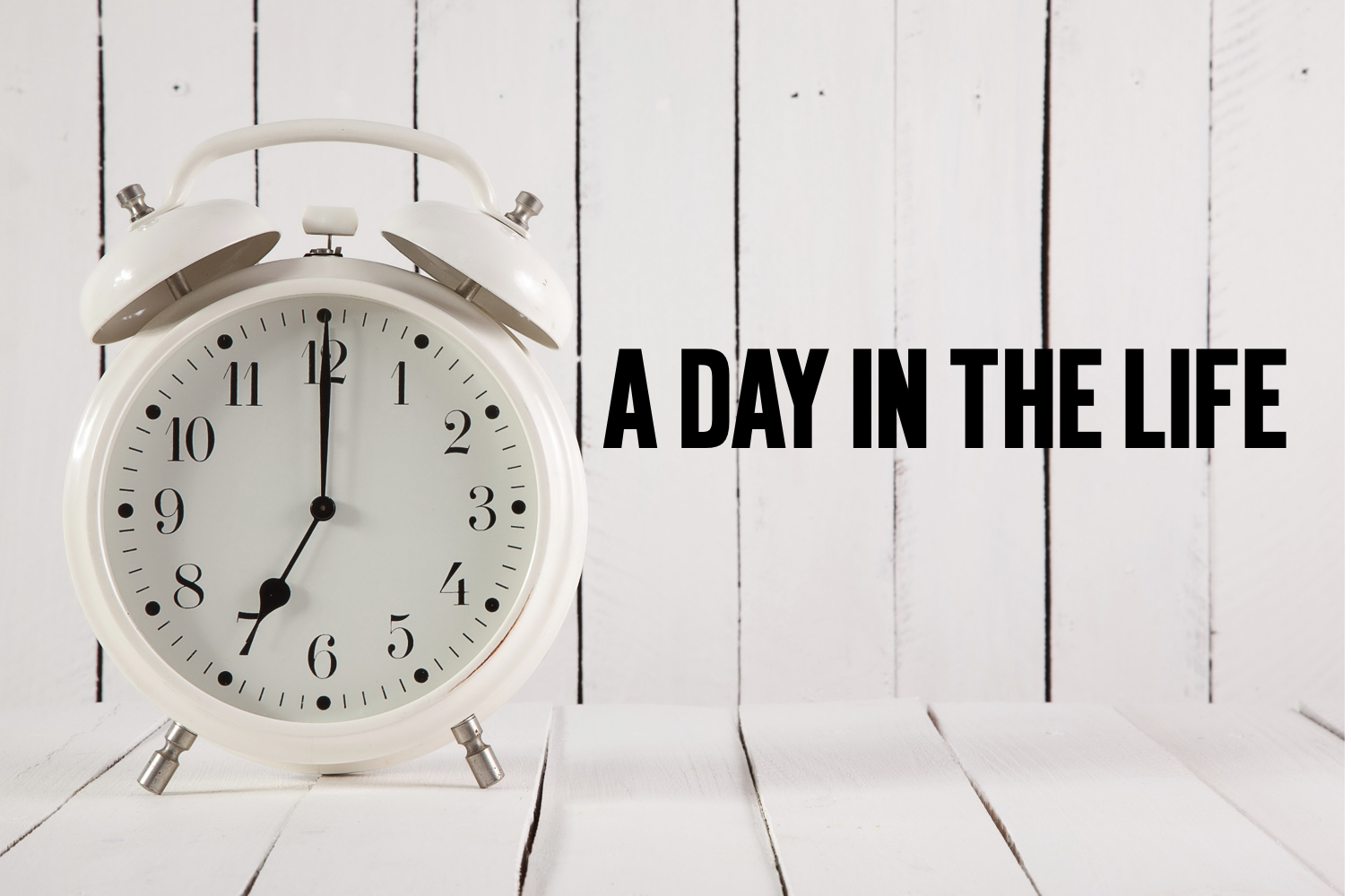
Welcome to A Day in the Life Linky Party! I can’t wait to get to know you better by learning all about your day! Please link up at the end of this post and grab this button to use in your post!
Here is a typical day in the life….
Just in case you wonder about my own personal morning routine…
I wake at 4:45 and get myself ready by 5:30. At 5:30 I wake my daughter. I then prepare lunches and make breakfast. At 6 I wake my son and both kids come out for breakfast. At 6:15 they finish getting ready while I jump on my computer and check Facebook and Tunstall’s Teaching Tidbits. At 6:45 we get in the car to head to my school. My kids ride the same bus to middle and high school and that bus picks them up from my school. So we all part at 6:50 in the parking lot of my school. I get to my classroom with a half an hour to spare.
This post is not just a schedule of our day, but how we got to this point from the beginning.
7:30 Walk to the gym to pick up first grade.
As we walk to the classroom I usually have between 5-8 students. We chat and I get little stories of what has transpired at home the night before. Return to the classroom and begin our day!
We created this flow map at the end of the first day of school. I had the boxes drawn on the chart in advance and all the pieces of clip art to the side on the board. Together we decided what order we should do things in when we come in. (I had it all planned out but I let them feel like they were part of the process of course)
If you want to make this chart with your class you can get the pictures on my facebook page in the fan freebies folder HERE. (It won’t be visible from a mobile device)
Here are the steps in order:
Put your lunch in the bucket
Hang your backpack and jacket
Take your red folder (Daily Communication Folder) out of your backpack
Do your daily data (What is daily data?)
Go to your desk
At your desk, complete your Rise and Shine Binder
Meet at the rug for Morning Meeting
7:30-7:45 Rise and Shine Binder
I shared the picture below on Facebook this week and it got a LOT of interaction. But I do want to say that my routine looks different for rise and shine at different times of the year. Like everything, I adjust as the students are ready or need a little change in routine to keep the novelty going.
Rule 1- Keep it simple. I got rid of the little zipper bag of tools. (from my original post about Rise and Shine) We just use a black expo, a sock (for erasing) and a pencil.
Rule 2- Follow the needs of your students.
Rule 3- Make up your own rules that work for your class. I get some questions about teachers asking how to do this binder. It really is meant to be a flexible tool that you can use anyway that you need for your class. There isn’t a wrong way to do it! 🙂
At the end of the first day of school I introduce the binder. I reuse these every year. No names are on them. We use grade level money to buy new sheet protectors because they get pretty used up through the year. I tell students that each day we will work these special binders when we come in the classroom in the morning. At first I keep a very tight leash on what we get to do. We start by completing the very first page together. During this time I point out where they will find the information in the room that they need. I show them that each day of school we will have a new number to work with.
When they come in on the morning of day 2, this is up for the students to see. I keep it right next to the reference board they are using that has the days of the week and the months etc. For at least a week, I keep it up and change it daily to match. We stick with just one page until they all know how to do it independently.
During week 2, I introduce the second page and I only have the second page up for reference since they already know how to do the first page. This routine continues until my students are able to work through the binder with little to no help.
I walk around and check student progress. Students that have been checked and are finished use their sock to erase and then go to the rug for morning announcements. (I buy a package of black boys socks for erasers)
Introducing the morning work section:
When I notice that some students are finishing very quickly and have the routine down with ease, I introduce new sections. I like to introduce the morning work next.
My first set of morning work pages is very simple so it makes the transition easy for my first graders. Also the format stays consistent but the concepts become more difficult. The consistent format helps to lessen the neediness factor while increasing rigor after every 5 pages.
Daily Language 1 front side of page (above)
Daily Math 1 back side of the page
I
run the daily language and daily math sets back to back. I put the whole
month in there at one time so they can work through at their own pace
and I do not have to run to the copier daily. When a front and back are
completed we pull the sheet out to go in our completed work folder. We
do one side a day (certain students do both sides if they are ready for
that) One teacher on my team runs the entire year and has it in there ready to go on day 1. It is up to you and your copy police.
We are currently in the 6th set of Daily Math and Daily Language. This is the math side.
Once the class is trained and better rehearsed on completing the rise and shine, the majority of students can be finished by morning announcements. For those that arrive late consistently or need a lot of help, I have a 5th grade buddy that comes to our room most mornings. He is the rise and shine helper. They LOVE him and I love how he explains what to do. I load him up with stickers and a marker and he is the teacher for those that need some more time and help. When he isn’t able to be in our room, I am able to do this with them. The great thing about the rise and shine is that it is never ending. If students don’t do it because they are late one day, it will be there the next day. No worries! I do not make everyone stay on the same page. We work through it at our own pace. I love the flexibility of it.
7:45 Morning Announcements
8:00 Morning Meeting
Confession: I used to loathe morning meeting. It felt so robotic and uninspired. For awhile there I cut it out altogether. Then I got completely RE-INSPIRED and it is now one of our favorite times of the day! I have a session for SDE all about it, but for now I’ll just share a couple of pics.
Rather than a daily message, we have a message for the week. I restate our learning objectives here! We read it each day that week so students know exactly what we are learning about. Each day we do something to our morning message such as the picture below where we are finding all the capital letters.
At this time in the year, students are writing the message for the week with my help which makes it even more special to them. We read with our whole bodies. This is so helpful when students are writing. They know where capitals and periods belong because they can read their writing whole body.
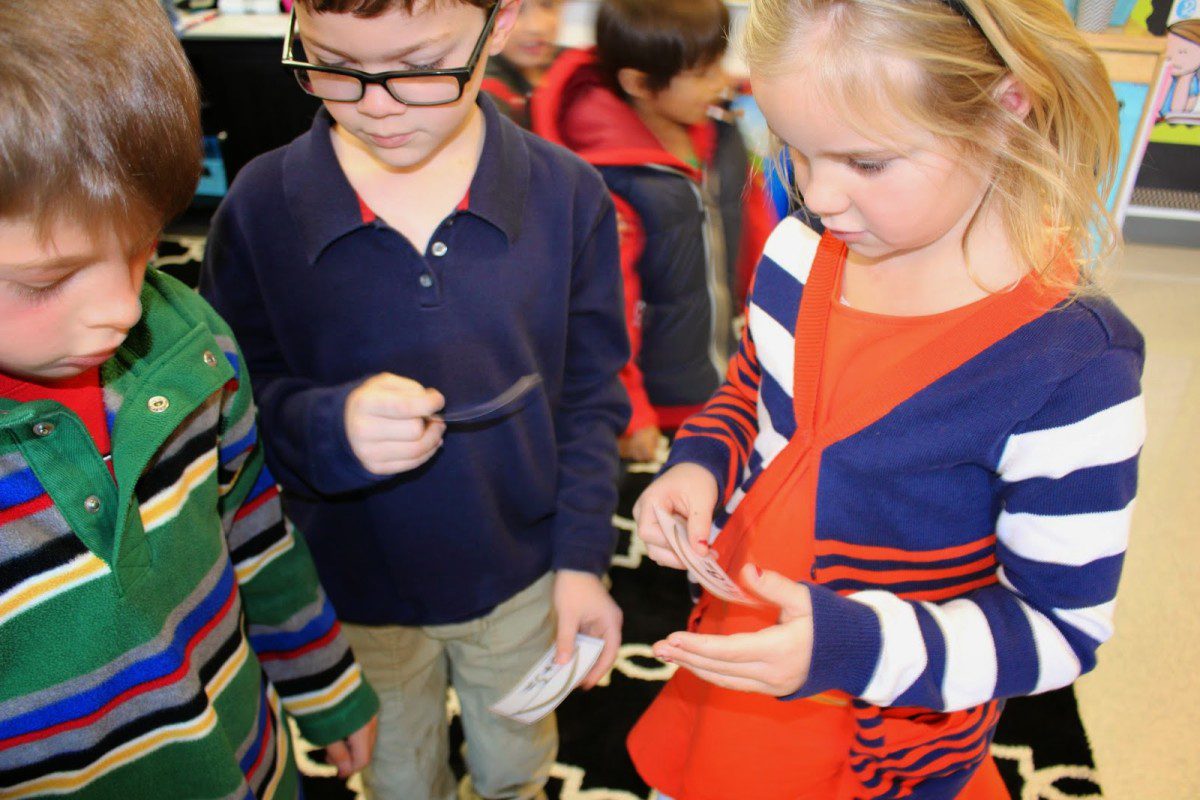 There are 4 components to our morning meeting. The big overall focus is that students are interacting in positive ways as we mentally prepare for our day of learning. Social skills are hard to come by these days but taking a few minutes each day to practice these helps us with our classroom climate while reducing any anxiety we have in being vulnerable with each other through the learning process.
There are 4 components to our morning meeting. The big overall focus is that students are interacting in positive ways as we mentally prepare for our day of learning. Social skills are hard to come by these days but taking a few minutes each day to practice these helps us with our classroom climate while reducing any anxiety we have in being vulnerable with each other through the learning process.
I know I didn’t give you a complete picture of the morning meeting, but I don’t take many pictures during this sweet little time with my class.
8:15 Phonemic Awareness 5 mins
Introduction of New Spelling Pattern
We do this in many ways. phonics videos, puppet talk, building sounds (linker cubes) tapping sounds on our arms and hands, whiteboards and dictation, elkonin boxes, class games.
Most of this is back and forth between students and teacher, but I did create this set of games that we use whole group sometimes when we are learning a new pattern. It is a great way to get students to hear the sounds before being responsible for writing them accurately. We work our way around the board playing students versus teacher. We listen for the patterns that we land on. We record the sound spelling together after tapping it and breaking it apart orally. We write it in elkonin boxes or on our whiteboards. At the end I reveal the winning pattern within that family. Cheers or moans follow! 🙂
We use LEARN to read and students work through 5 rotations each day.
L–Listen to reading (Computers or iPads: Raz Kids or Accelerated Reader)
E-Enjoy a book (alone or with a friend/stuffed animal etc)
A–Attention to Writing
R– Read with teacher (guided reading time with me) OR Read with a friend
N– New Words
For a complete breakdown of how I get LEARN started you can click HERE.
Last year, I went from using a pocket chart to track student rotations, to projecting a timed power point. Either way, students have a visual of where to go and this provides consistency and structure to their schedule. For students that are lacking in organization and structure or need it due to autism or other learning challenges, this has been very advantageous.
Last summer, I leveled our classroom library. I highly recommend this. I had noticed way too much fake reading happening in the library. I am not going to lie to you. It was NOT fun. I posted this picture to Instagram after 3 straight days of leveling books.
This year students have access to books that they can read. It was very eye opening to see which levels I had many books of. I had at least 150 books that were well beyond my students’ abilities. For those students that are in need of materials that most of the class doesn’t need, I have a special cupboard that I let them shop from as well. I do not keep out levels that are not just right for most of my students. For author studies, seasonal read-alouds, and special books that go with lessons, I have a cupboard reserved. My students have stayed motivated and interested in these leveled books because they never had access to the ones that caused them to veer off from real reading. I admit it took me 18 years to get to this point, but let’s just focus on the fact that I finally got control! 🙂 I used scholastic’s book wizard to level my library.
We move through a year’s worth of sound spelling patterns. I have the
new words activities ready to go in our little drawers. One activity per day.
10:00-10:50 Math Workshop
(First Half) We stop for recess and lunch at 10:50
Warm Up Activity- 5-10 minutes
Whole Group Lesson 20 mins
(or quick framing of the lesson objectives at Math Stack and we dismiss to guided reading rotations)
Guided Math Rotations
Just as we LEARN to read, we also STACK for math!
S- small group
T- technology (computer games, technology resources)
A-apply (independent practice at seat, apps, apply learning in a math game)
C-create with math, math journal, critical writing
K- kinesthetic math, hands on practice
S-Small Group
Many times I use the math centers in small group but use them as a teaching tool for our new concept after our whole group concept has been introduced. This way I can see how they think and interact with the new concept while correcting and enriching as we go. I plan with a guided math binder.
T- Technology
Students go to computers and iPads and work on different skills.
A-Apply
This can be independent work, an “APP” that students use as a resource, or applying the new skill in a hands-on game. (really it is very open to anything that I want students to do that particular week because no matter what we are always applying what we know!
C-Create
This is usually a math journal activity in my classroom.
During our graphing concept, these students made their own graphs based off of a survey question. This took the place of our regularly scheduled math journal rotation for a week but students were interacting and creating as they gathered their information for their graphs.
K- Kinesthetic
Hands-on math practice in a game or activity
11:00-12:00 Lunch and Recess
12:00 -12:30 Finish Guided Math
12:30-Story at Rug/Writer’s Workshop
Each day we enjoy a good book before beginning writer’s workshop. This calms us down from all the recess drama activity and refocuses our minds with a great example of reading and writing.
This week our science and writing went hand in hand (This happens often right?) So I took advantage of the overlap and we were able to really get into science in our writing.
We are working on creating ebooks about animals and through this we are researching different animal groups. More on that later…
First we write what we think we know in an interactive writing time. This is done as we share and watch short videos together to gather new information.
We reread our writing and decided that although some mammals have color, most are not colorful and being colorful does not actually help us determine whether an animal is a mammal or not.
Next, each student got an animal picture. Based on our new understanding of traits that make a mammal, we sorted those pictures based on our mammal traits. For each animal we said which trait helped us to know if the animal was a mammal or not a mammal.
We followed that up with an interactive writing web. Students either wrote an animal name or a trait of mammals.
At the end of that we always have some time to write independently. We can choose to write about mammals, finish a previously started topic, or start a new pressing topic that happens to be on their mind.
We repeated this scenario for each animal group through the week. We still have two more to go next week. I am not rushing this process because I want them to have a solid foundation of all of the animal groups going into our upcoming research.
1:15 Science or Social Studies
As you saw above many times writing and science/social studies becomes one big conglomerate learning time. I also combine the two in our interactive science books throughout the year. Last week we competed this living and non living book and once we get through our animal research, next week, we will create this repurposed paper bag earth day book! It’s full of learning activities!
Finishing off the best schedule ever is an end of day prep period. Please do not hate me! I know it is the most wonderful situation to have this cherished time at the end of the day when all the learning has been done! It’s the perfect end to a very FULL day of learning.
1:50 Specials Classes
2:35 End of Day Procedures
2:45 Dismiss
Link up your day and let’s compare! Looking forward to getting to know you better!

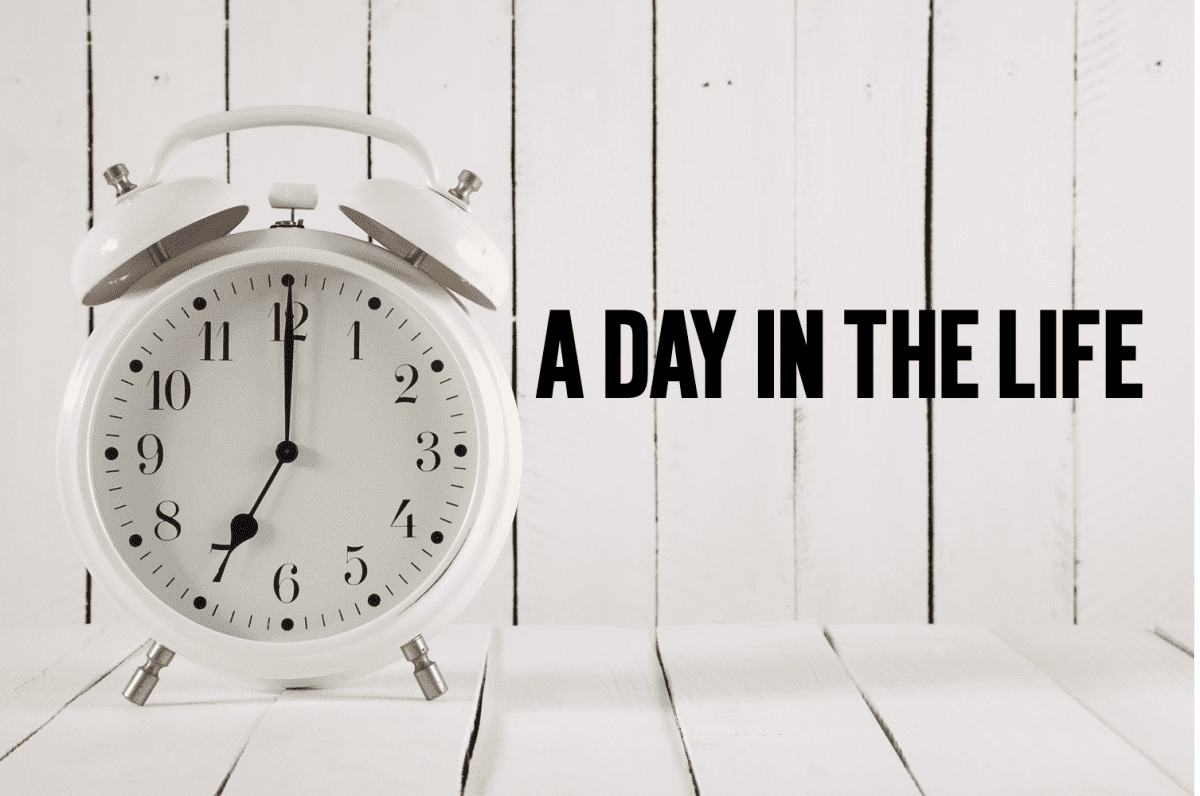
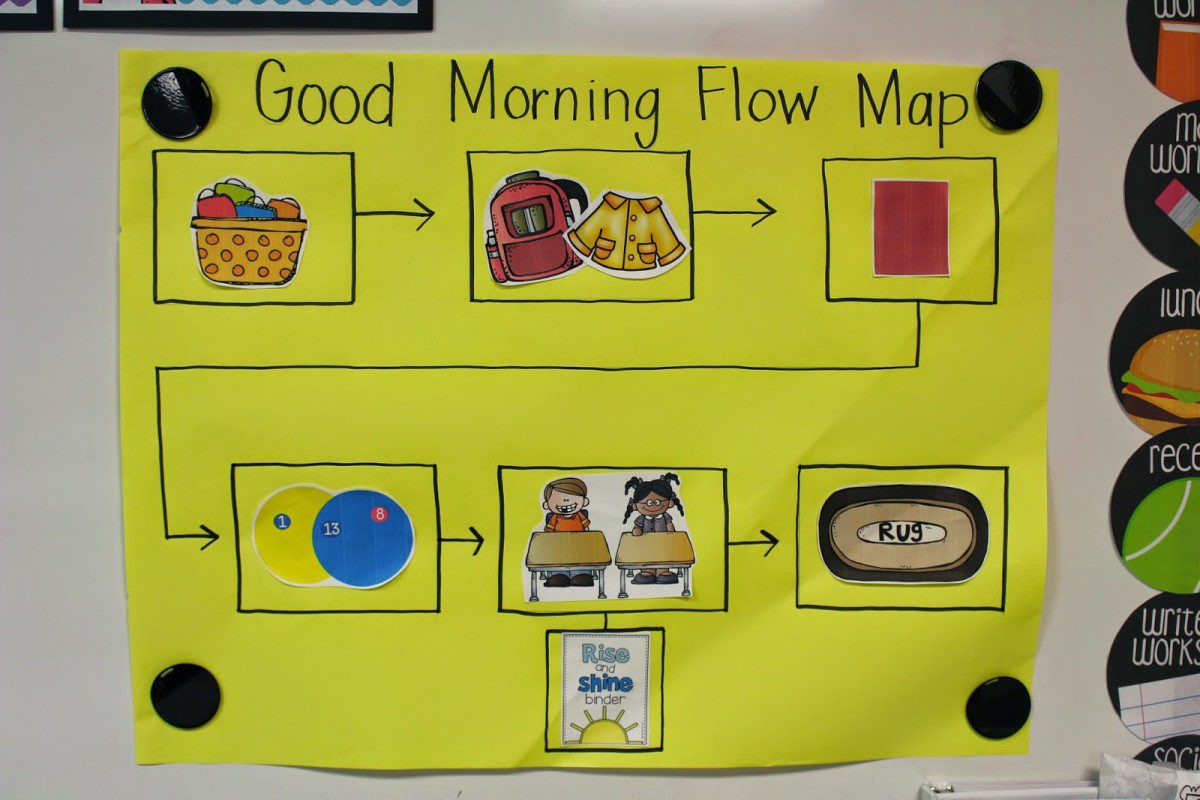

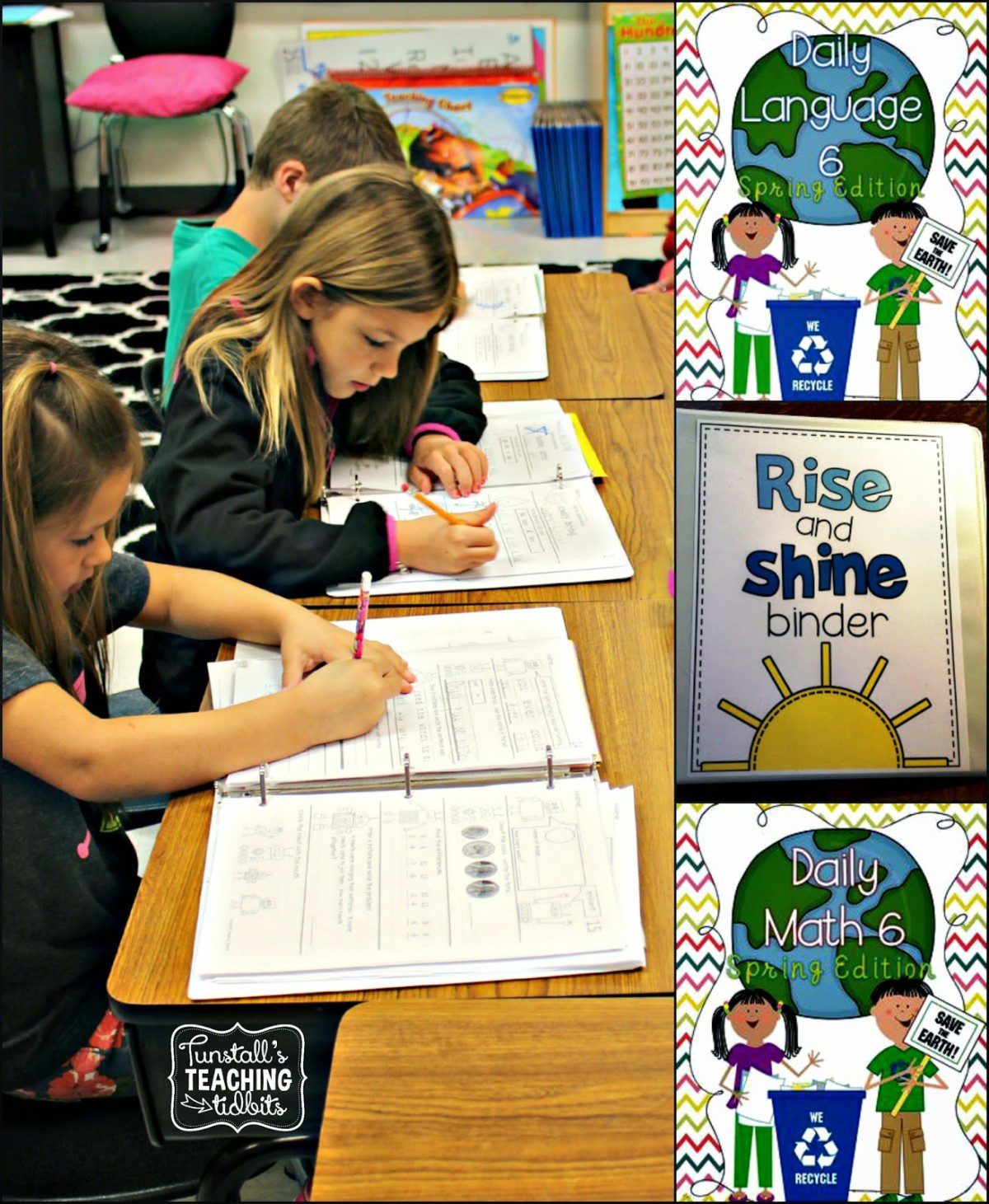
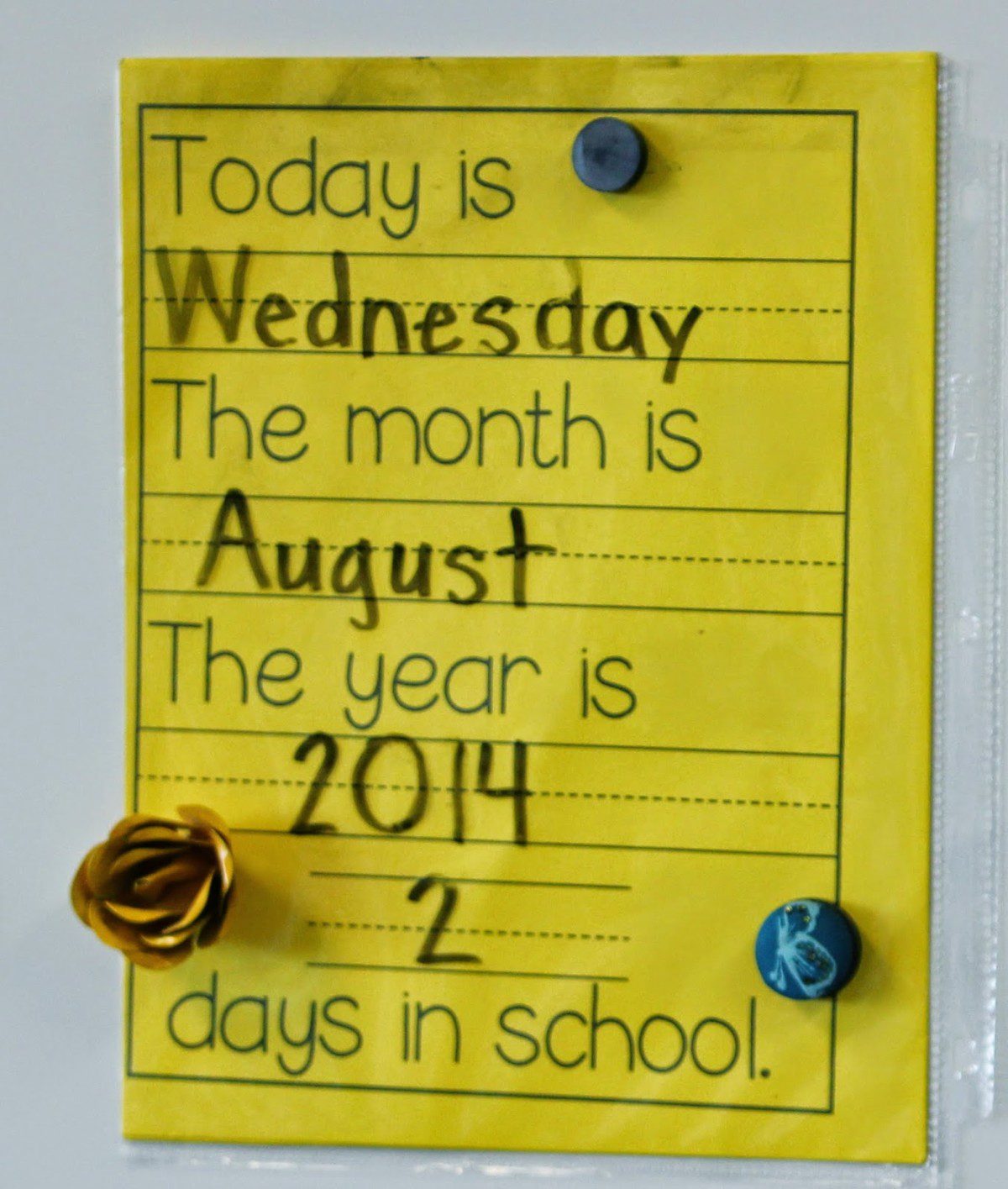
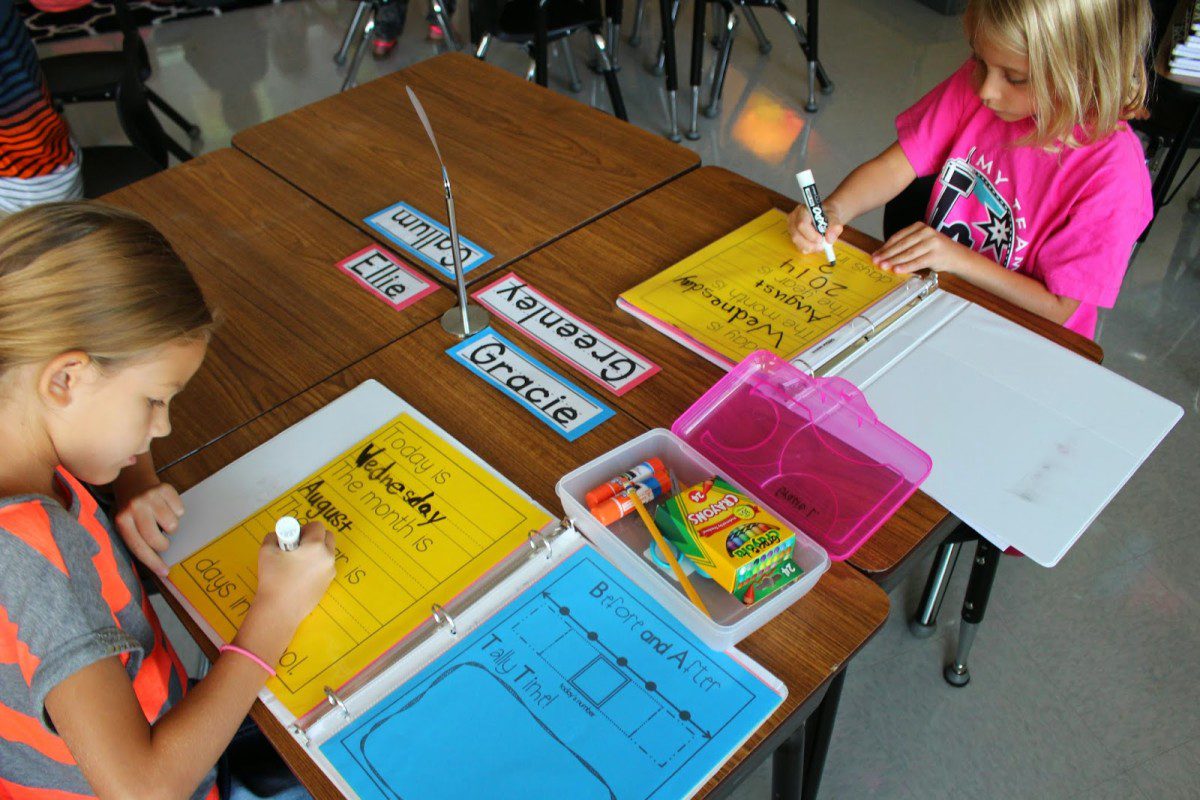
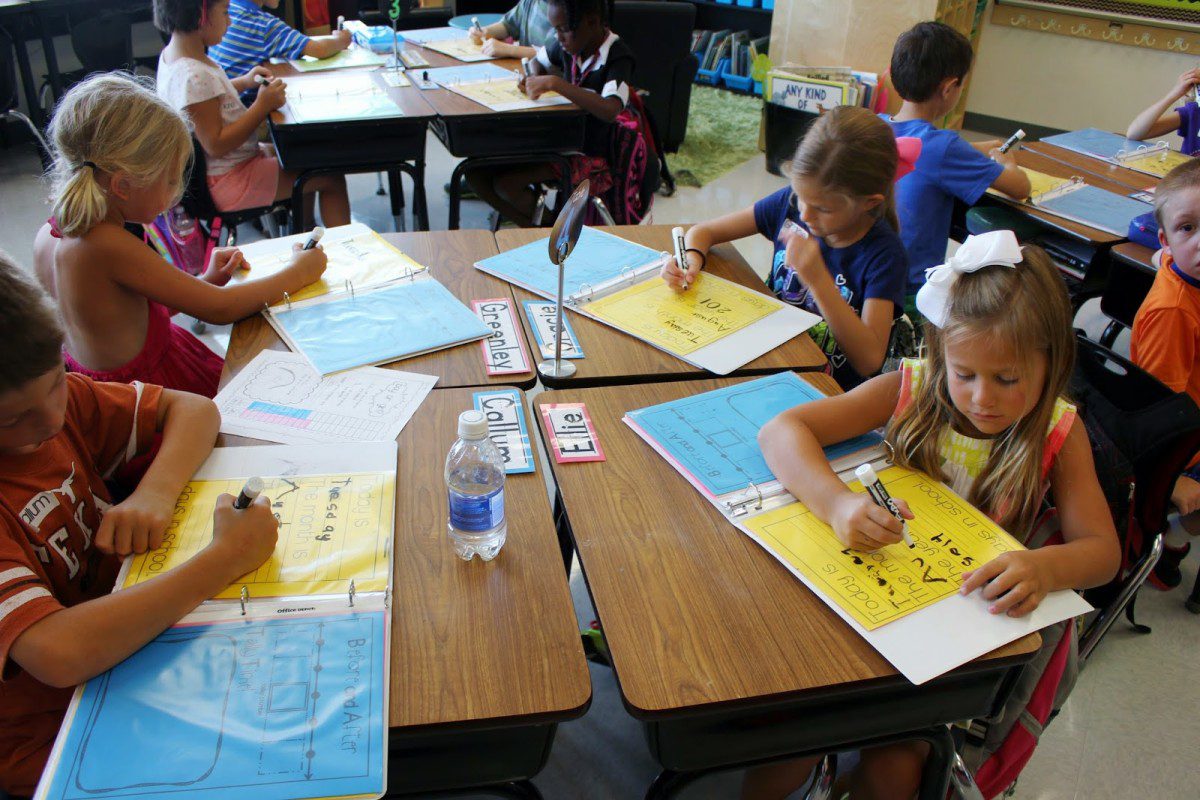
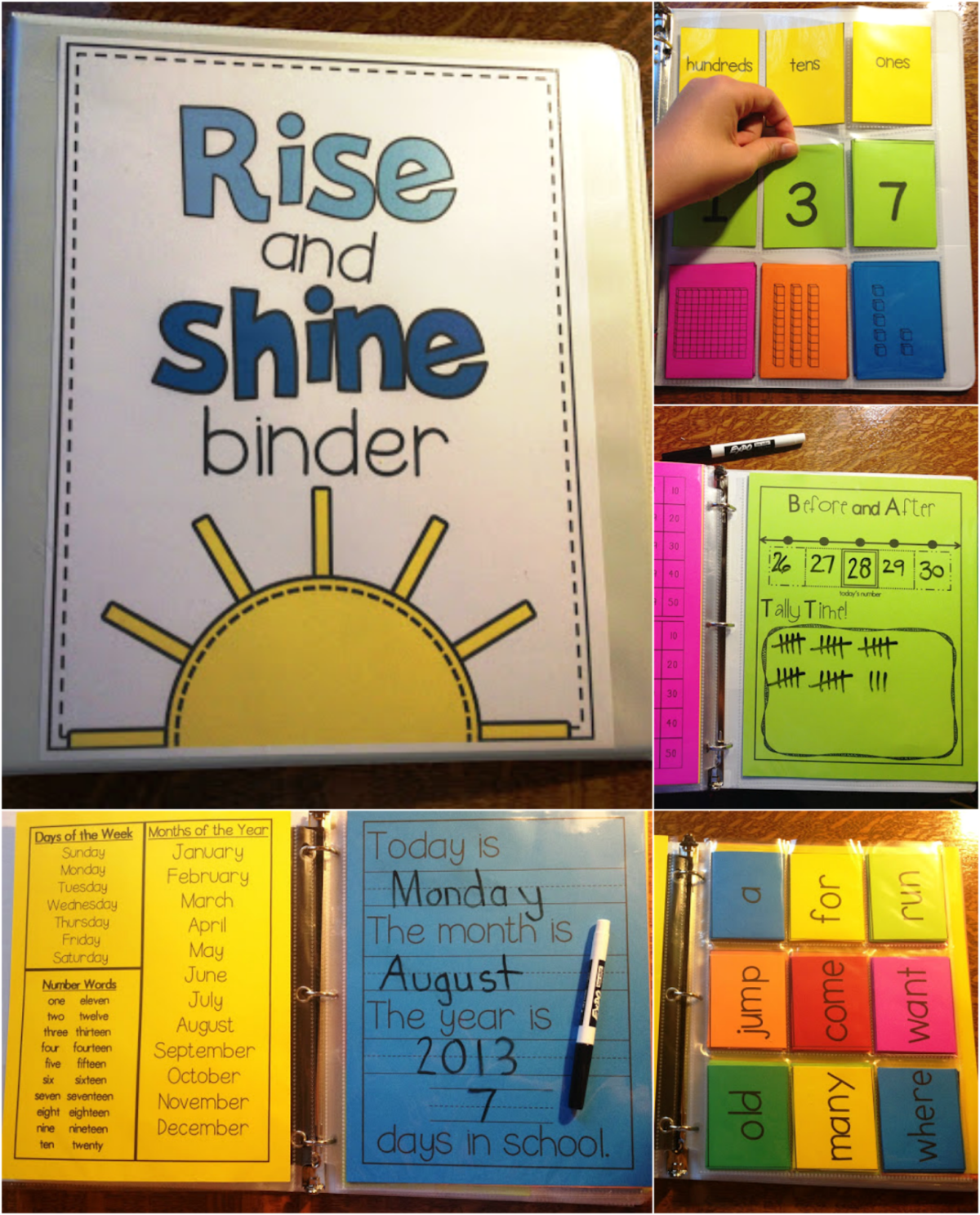
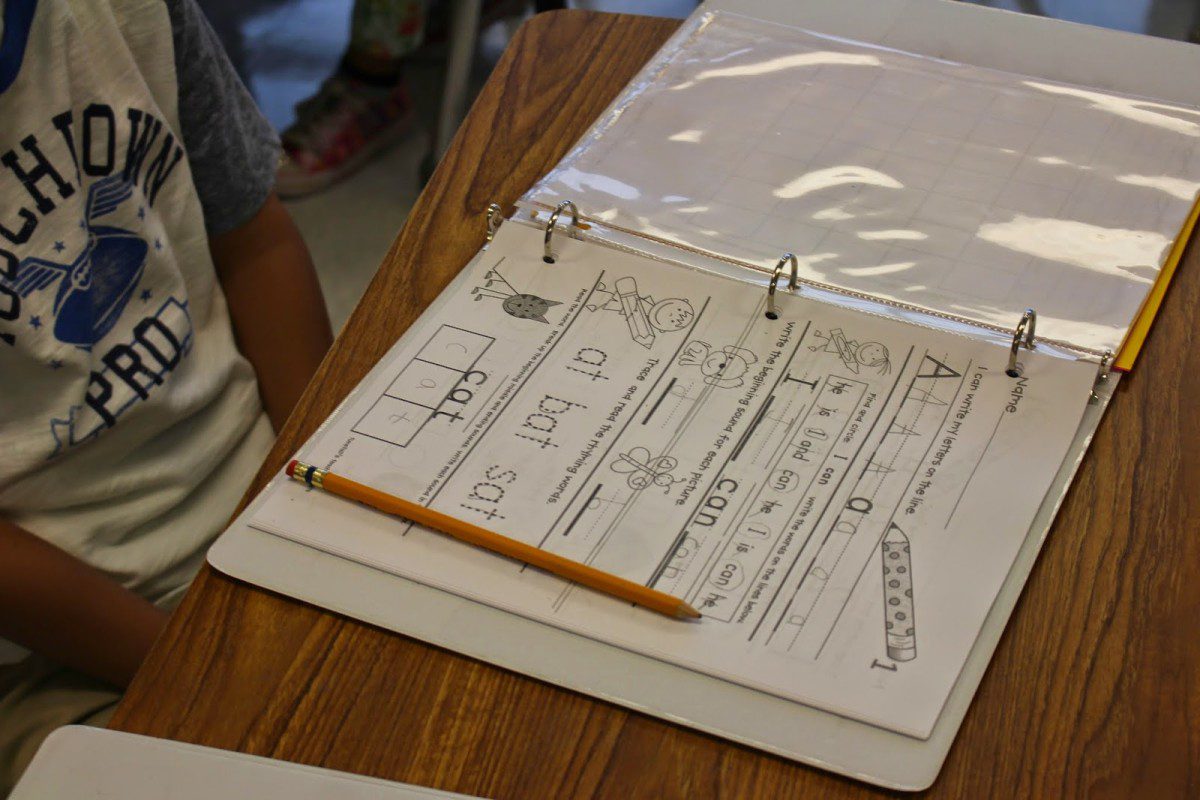
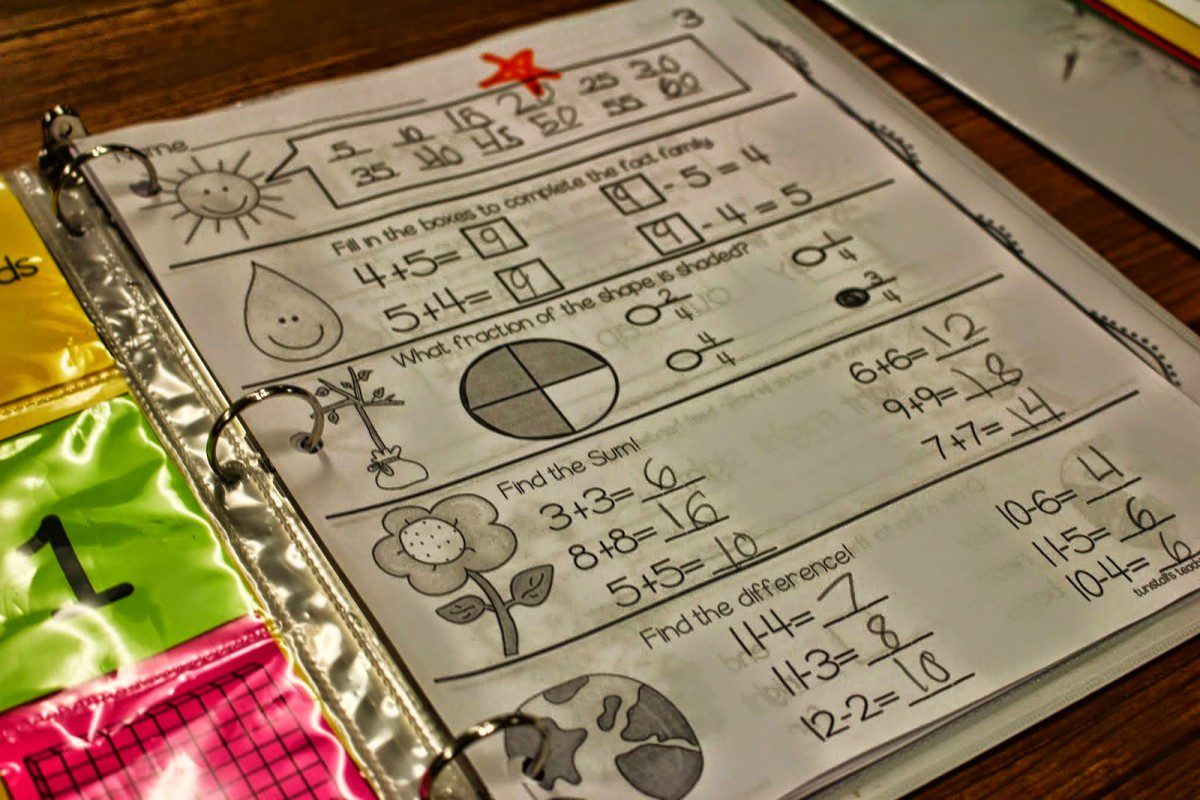

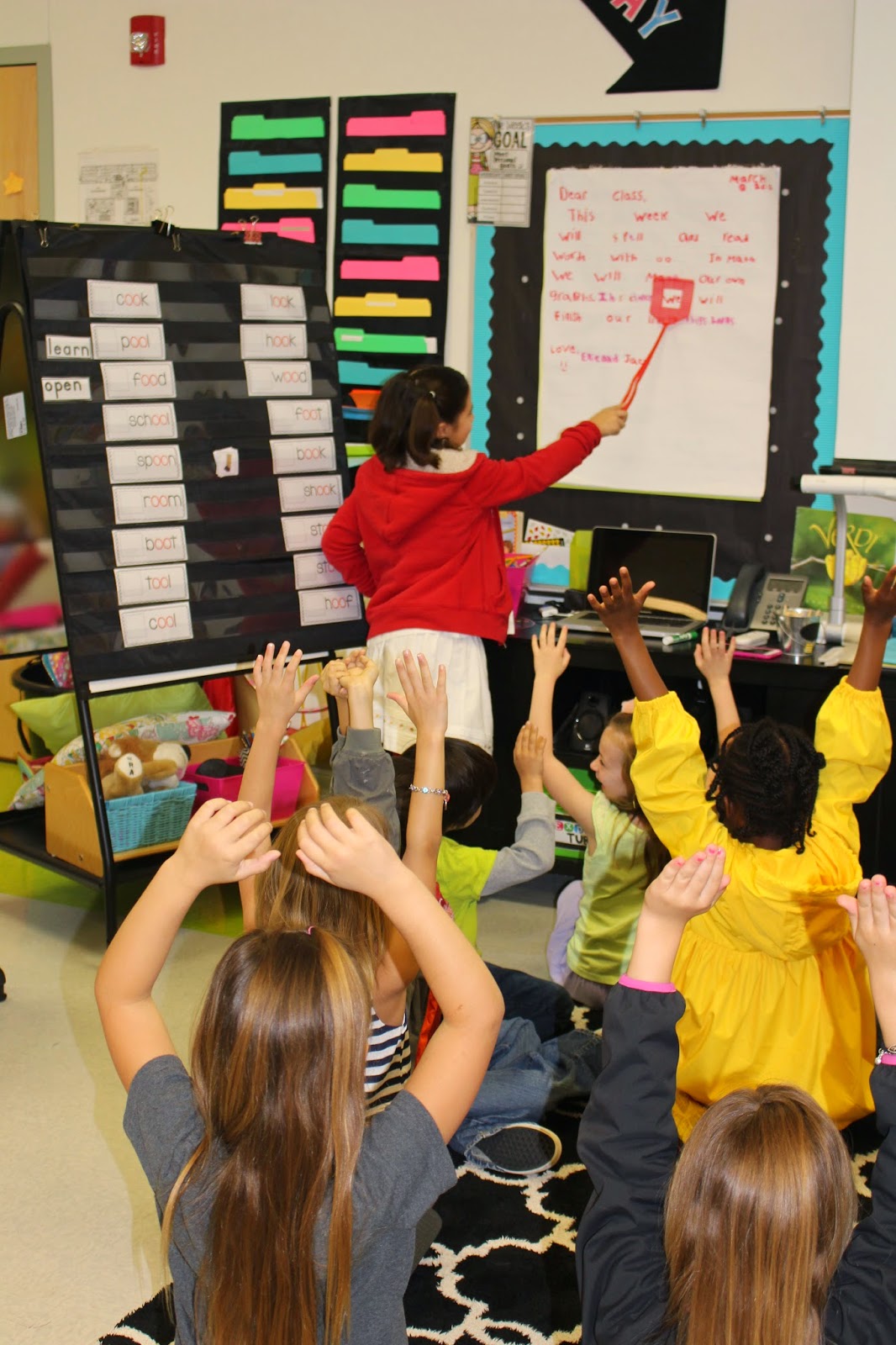
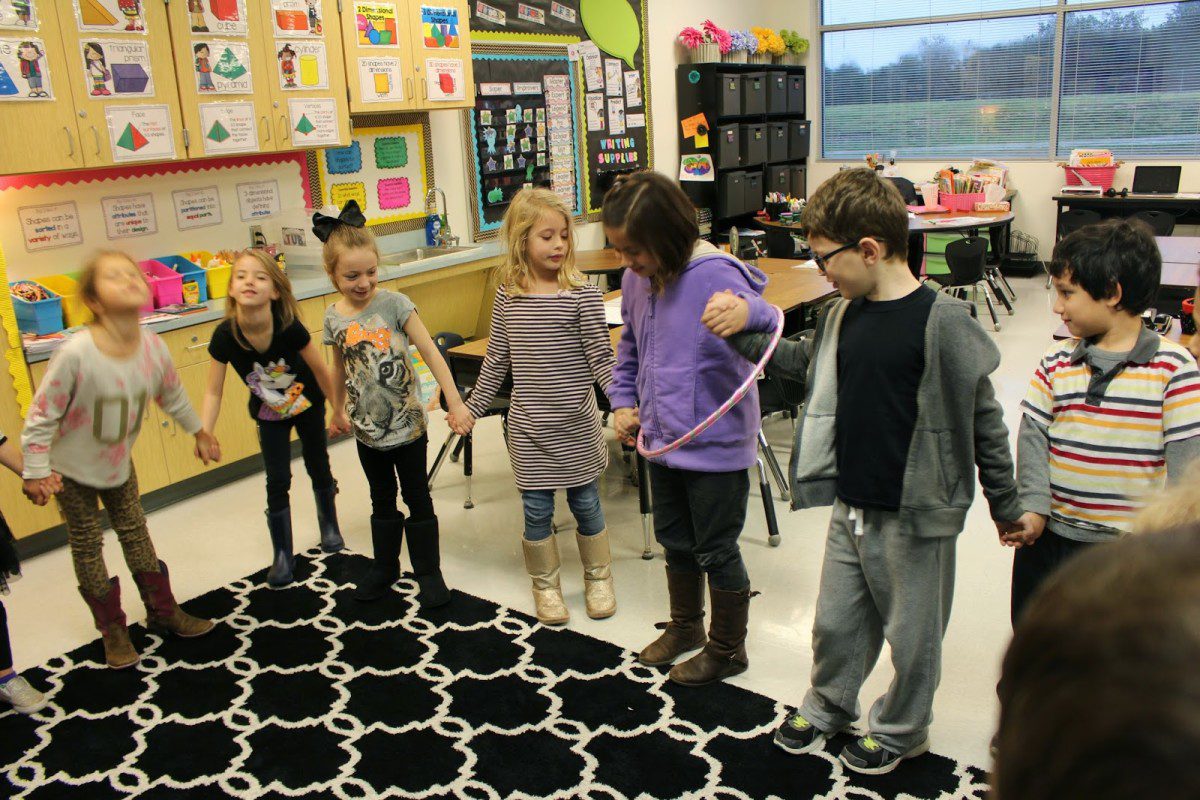
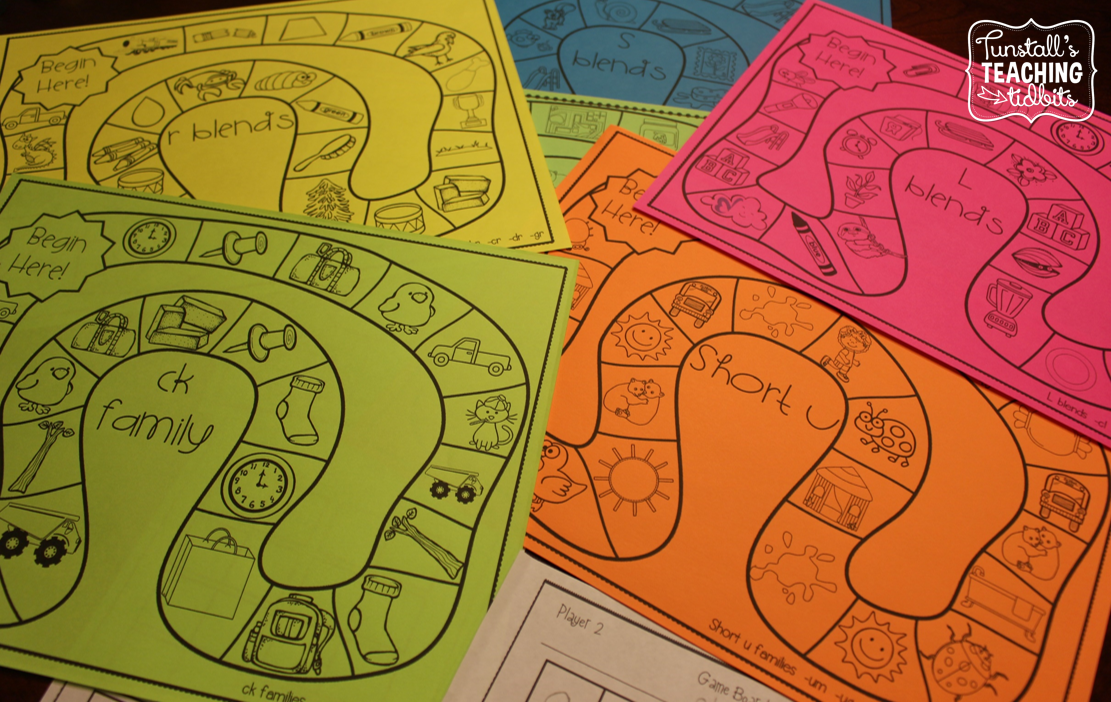

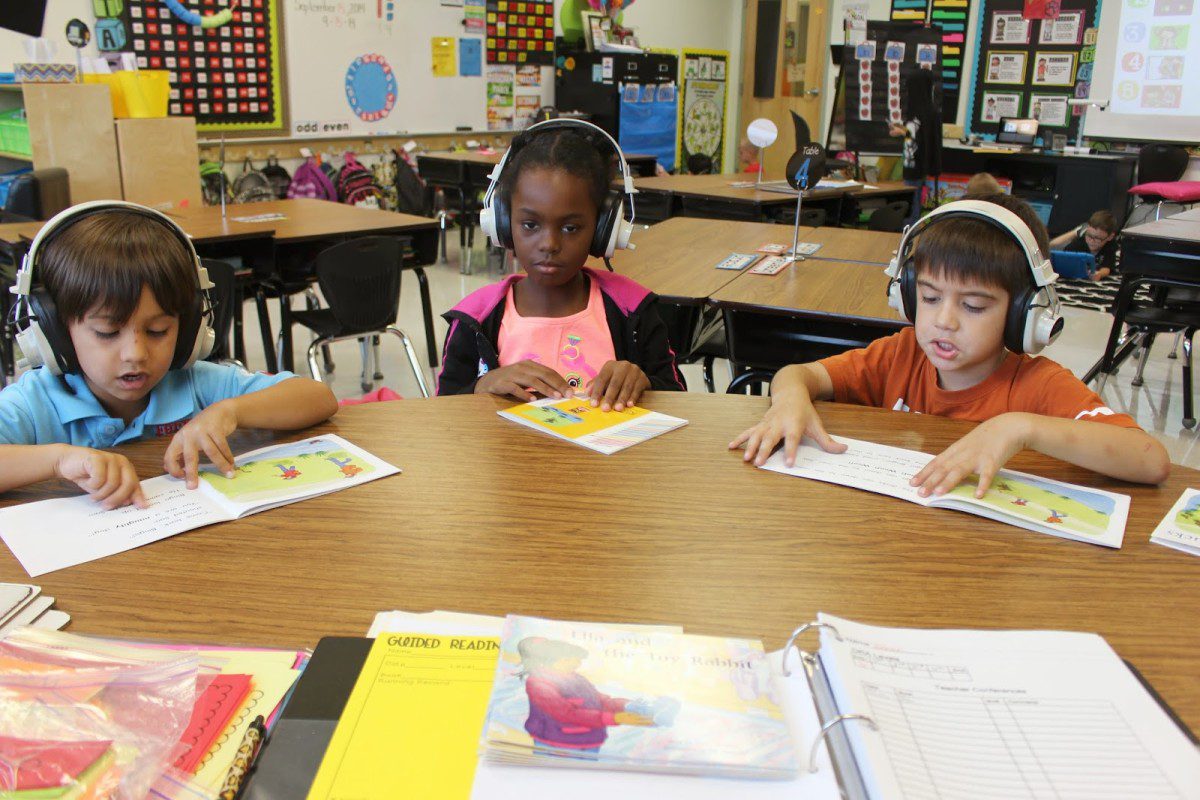


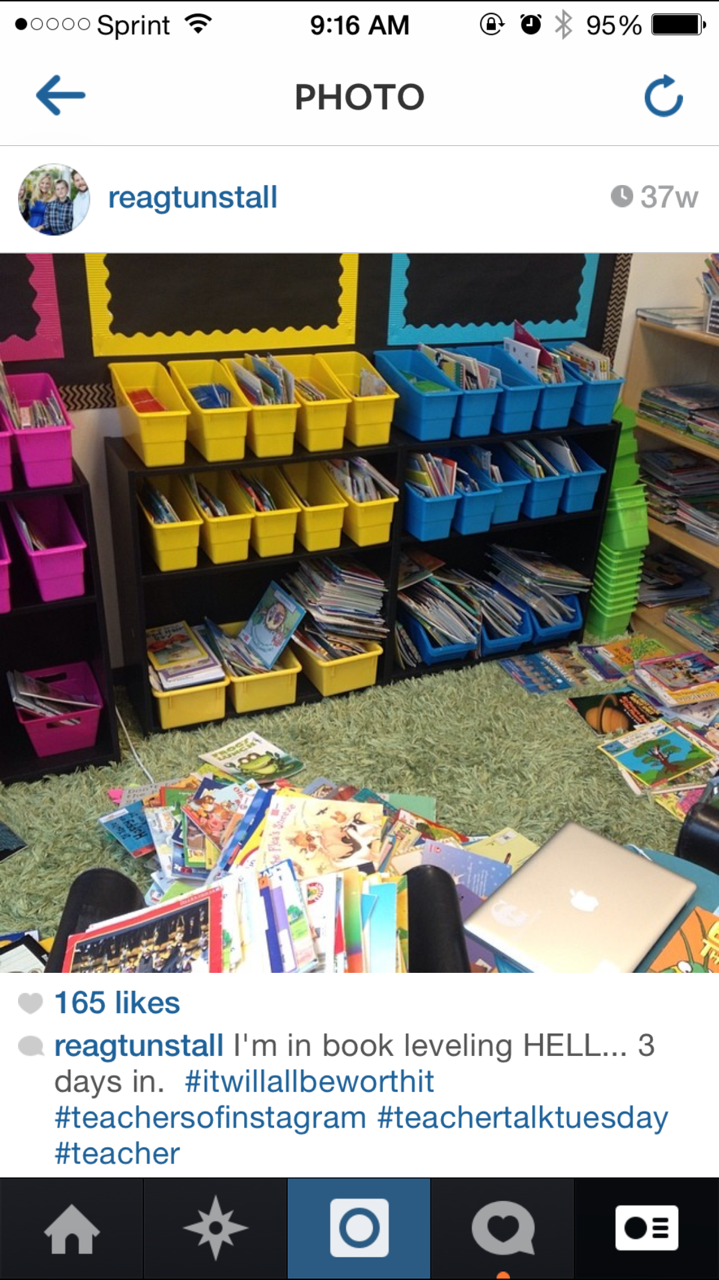

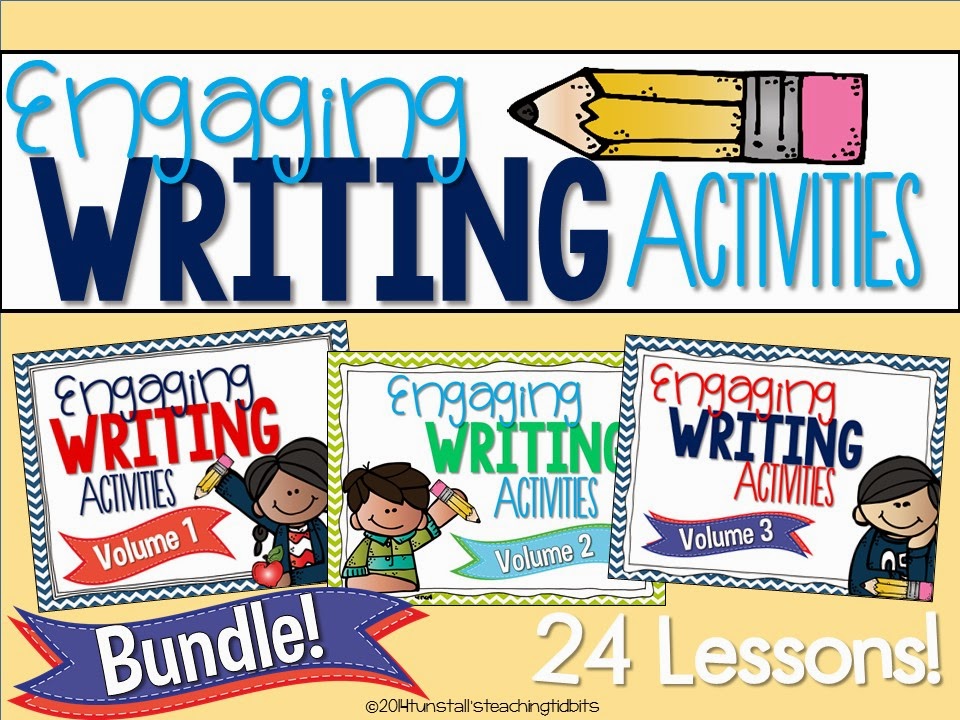

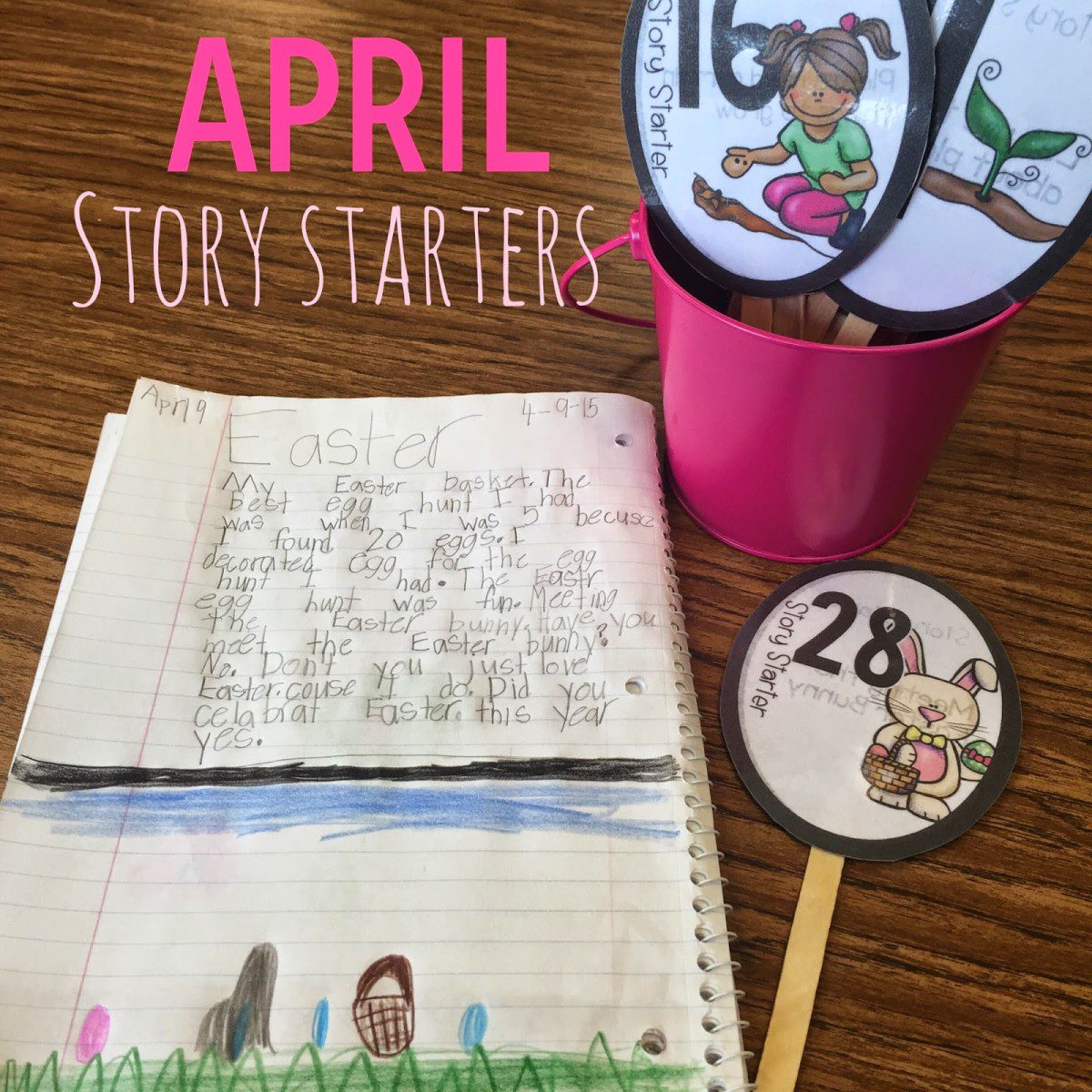

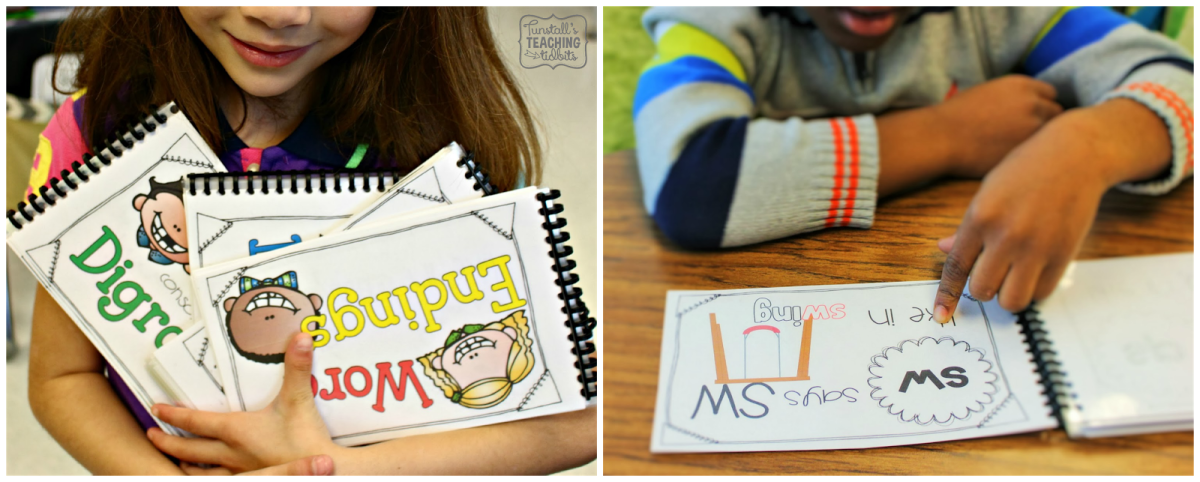

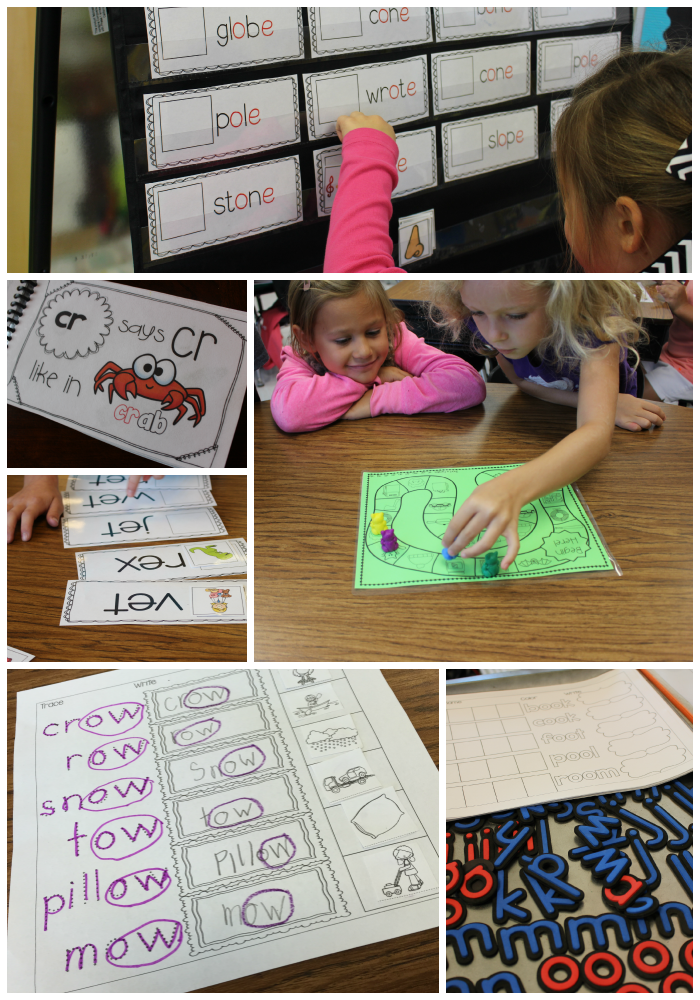
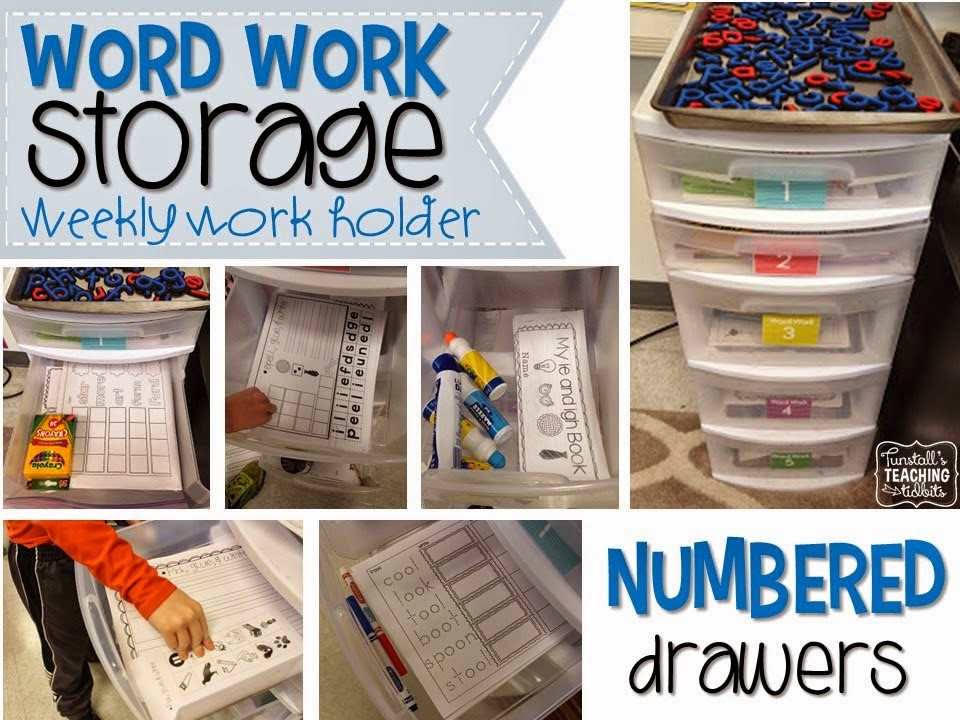
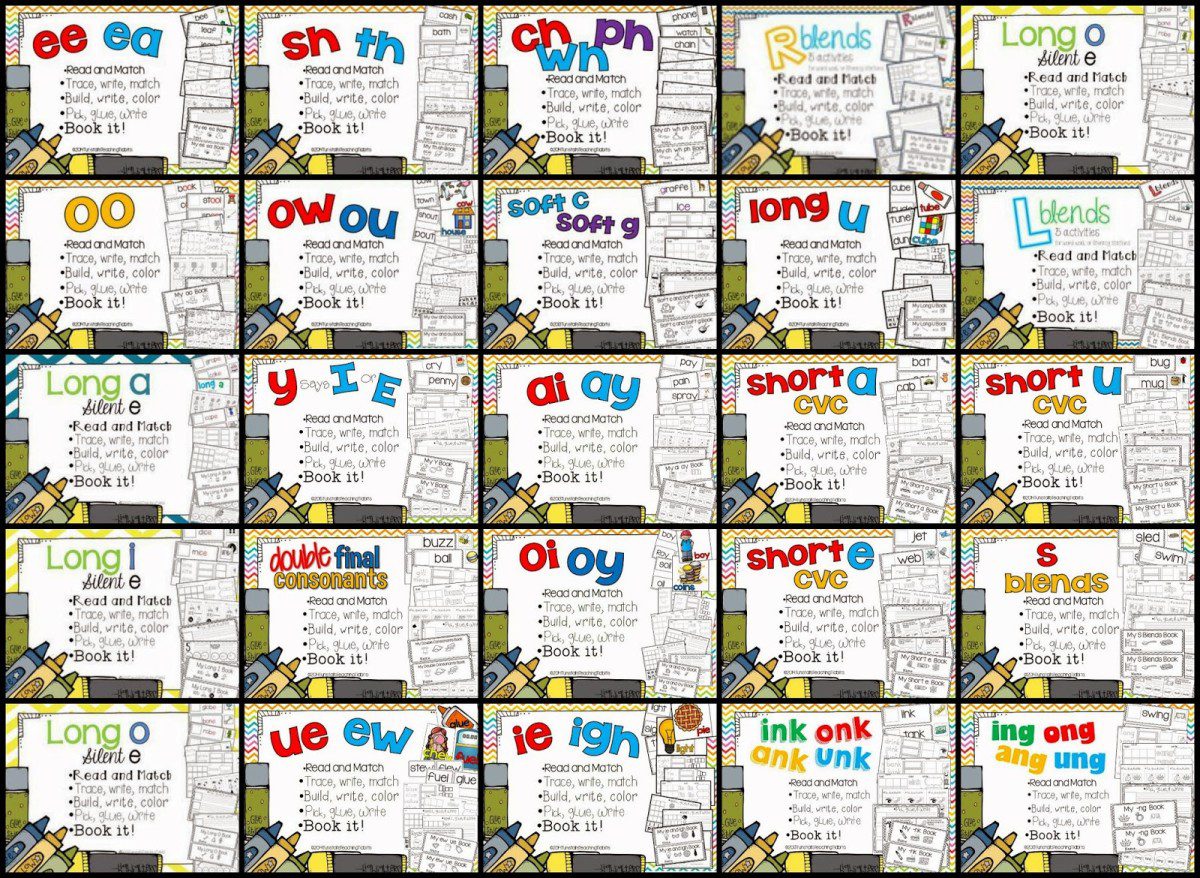

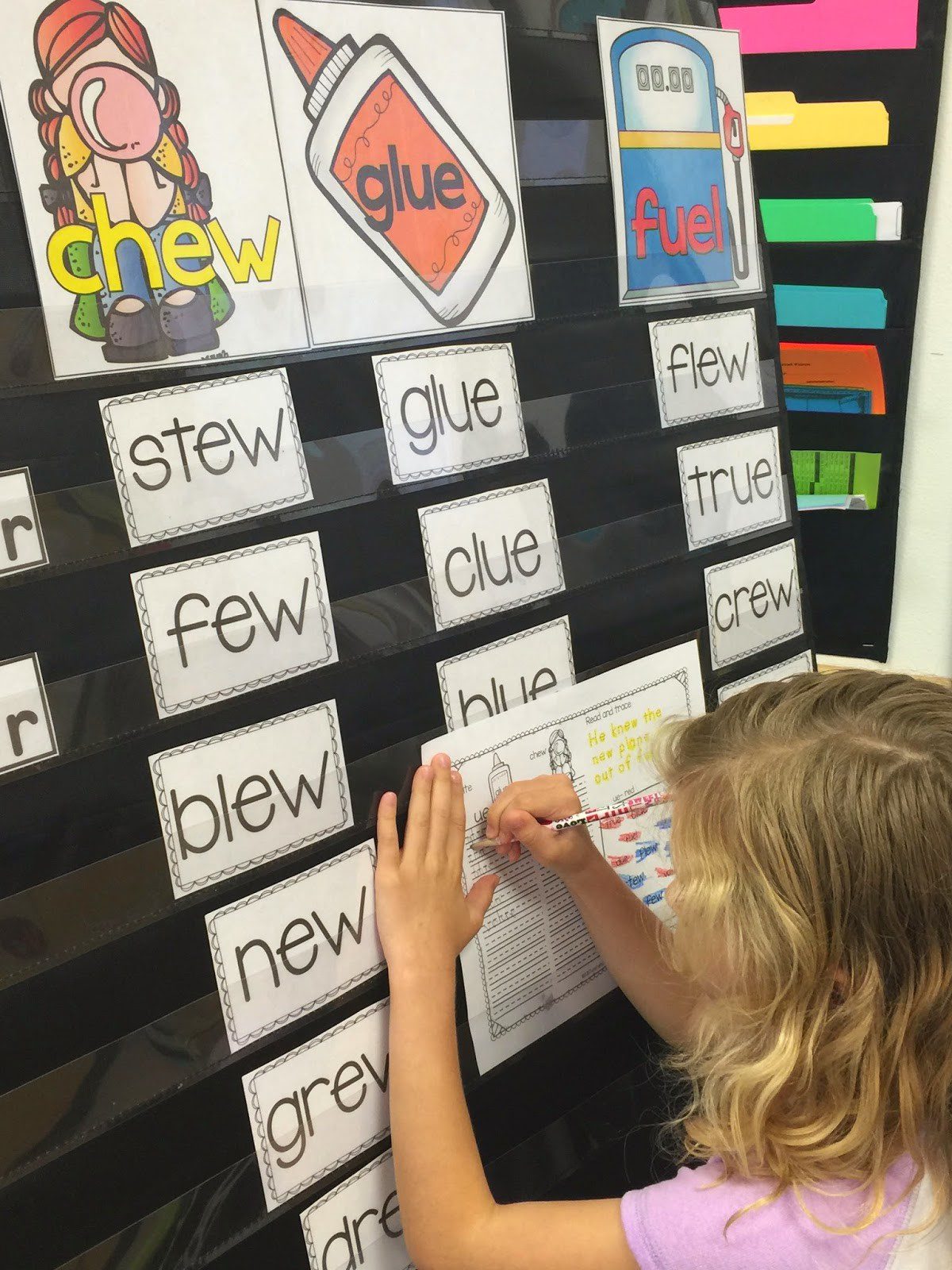
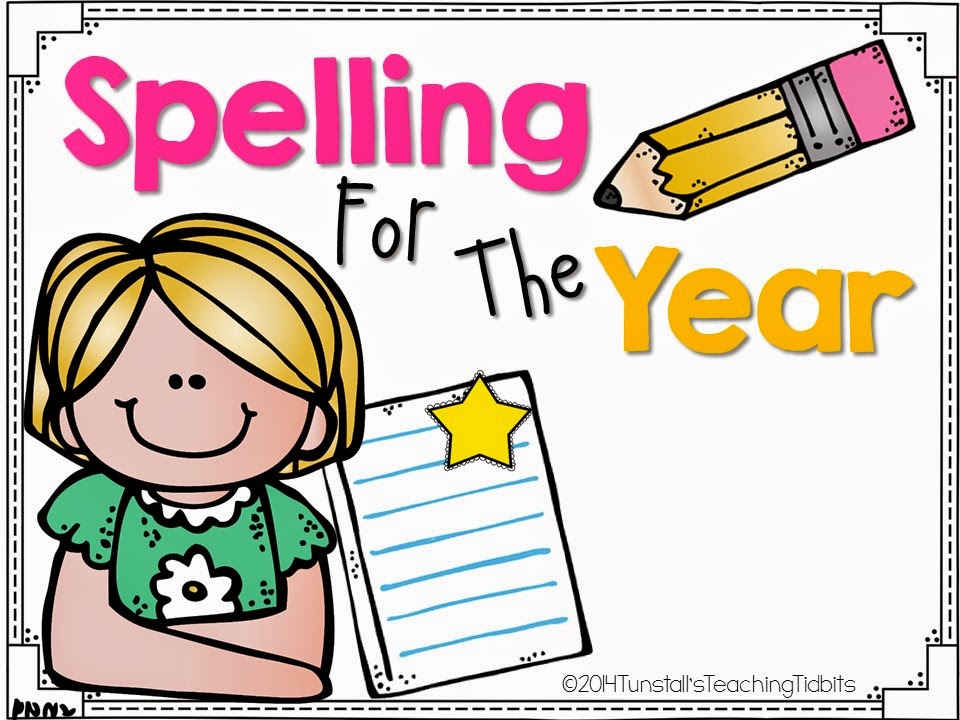
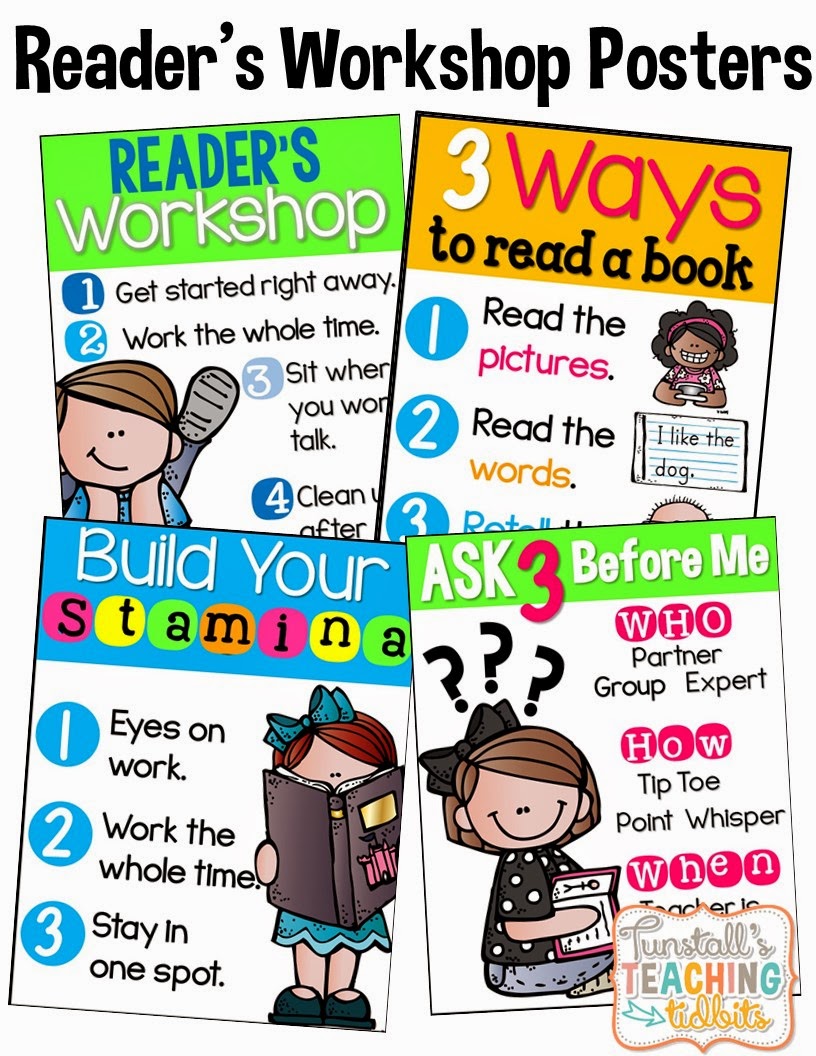
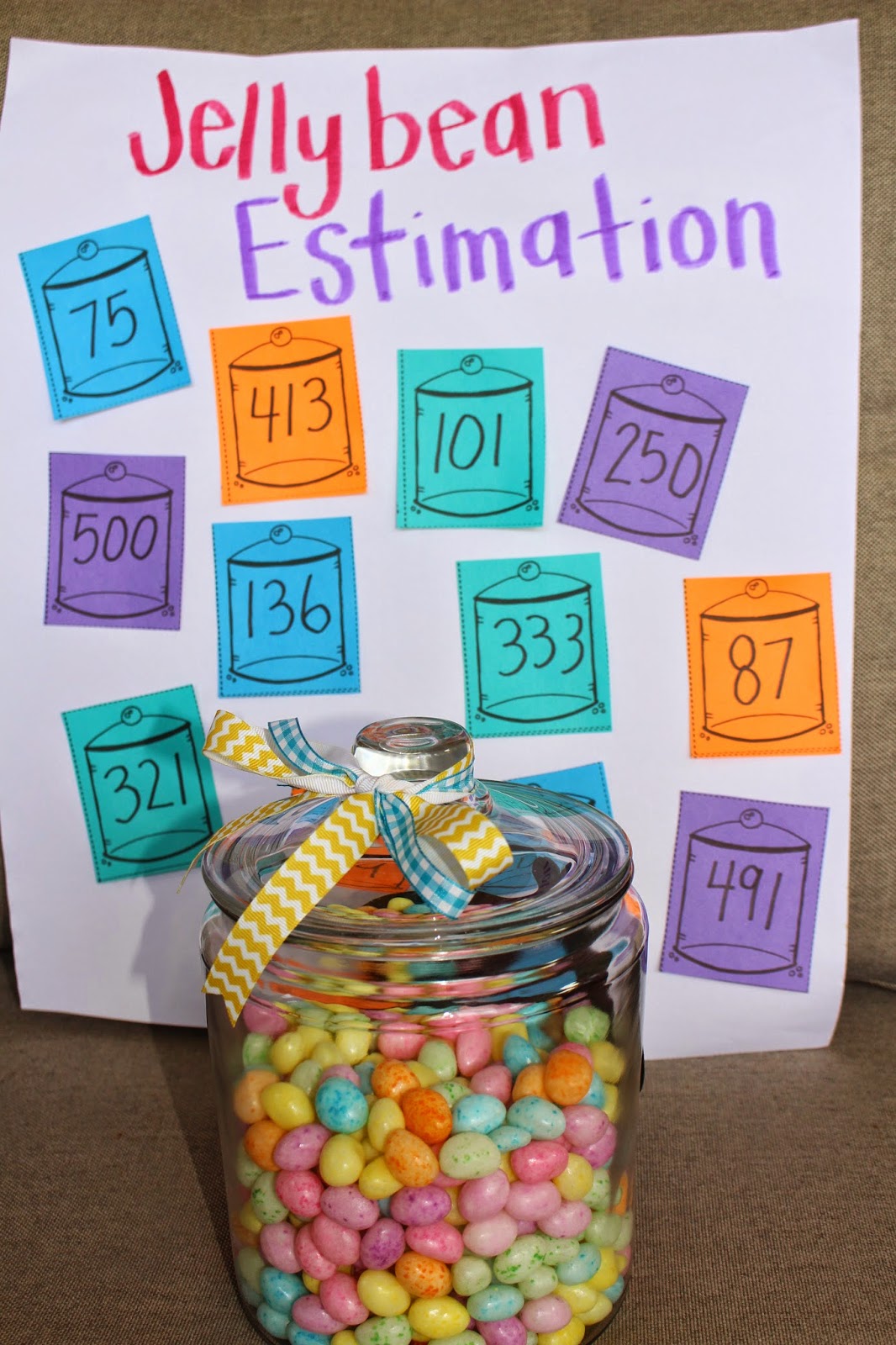
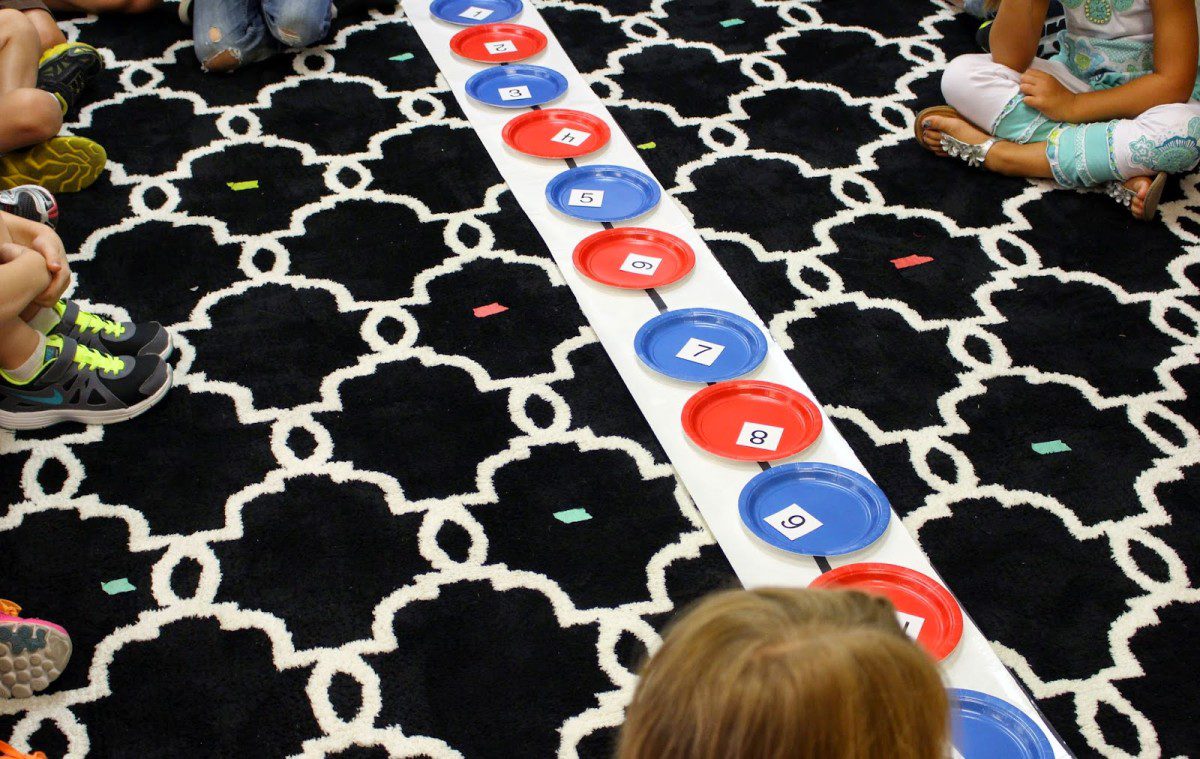
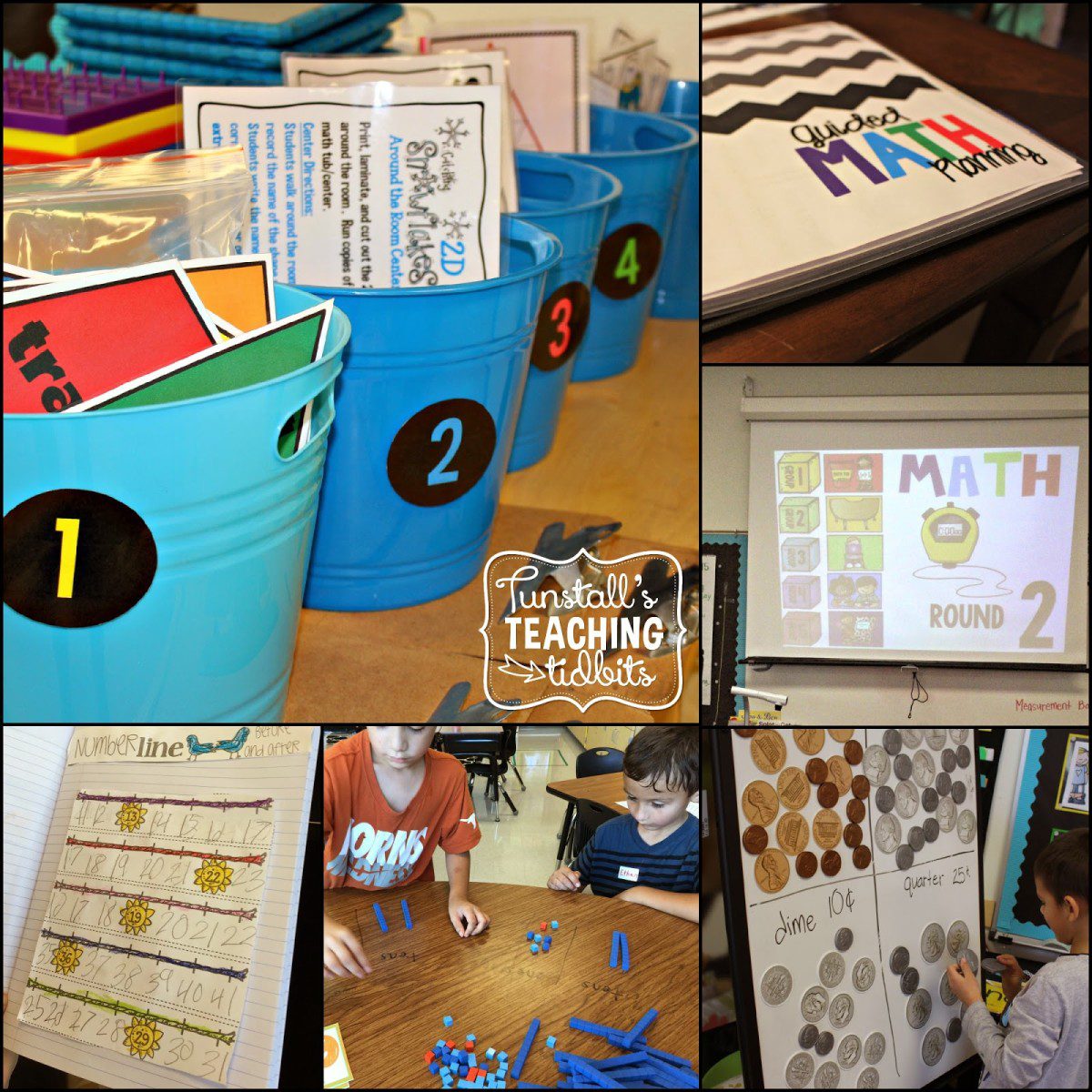

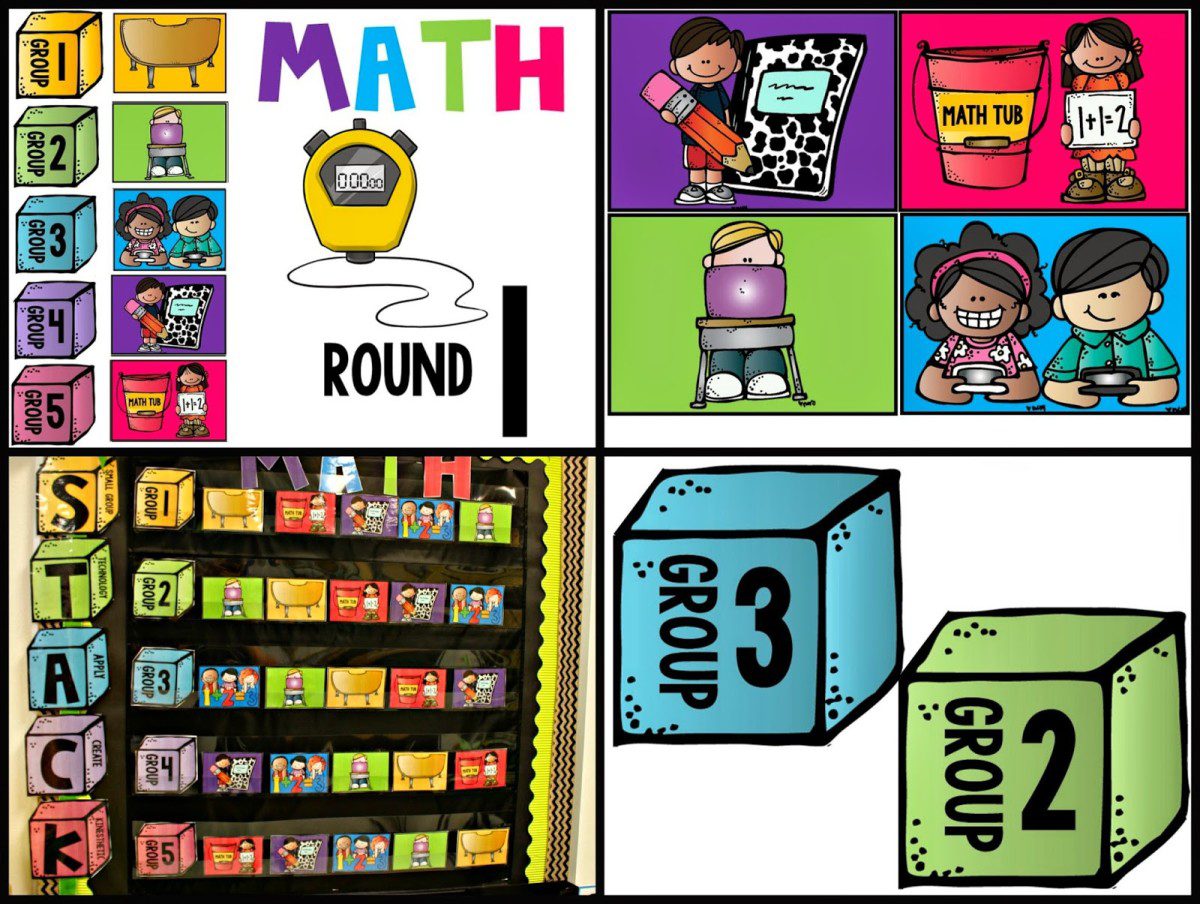
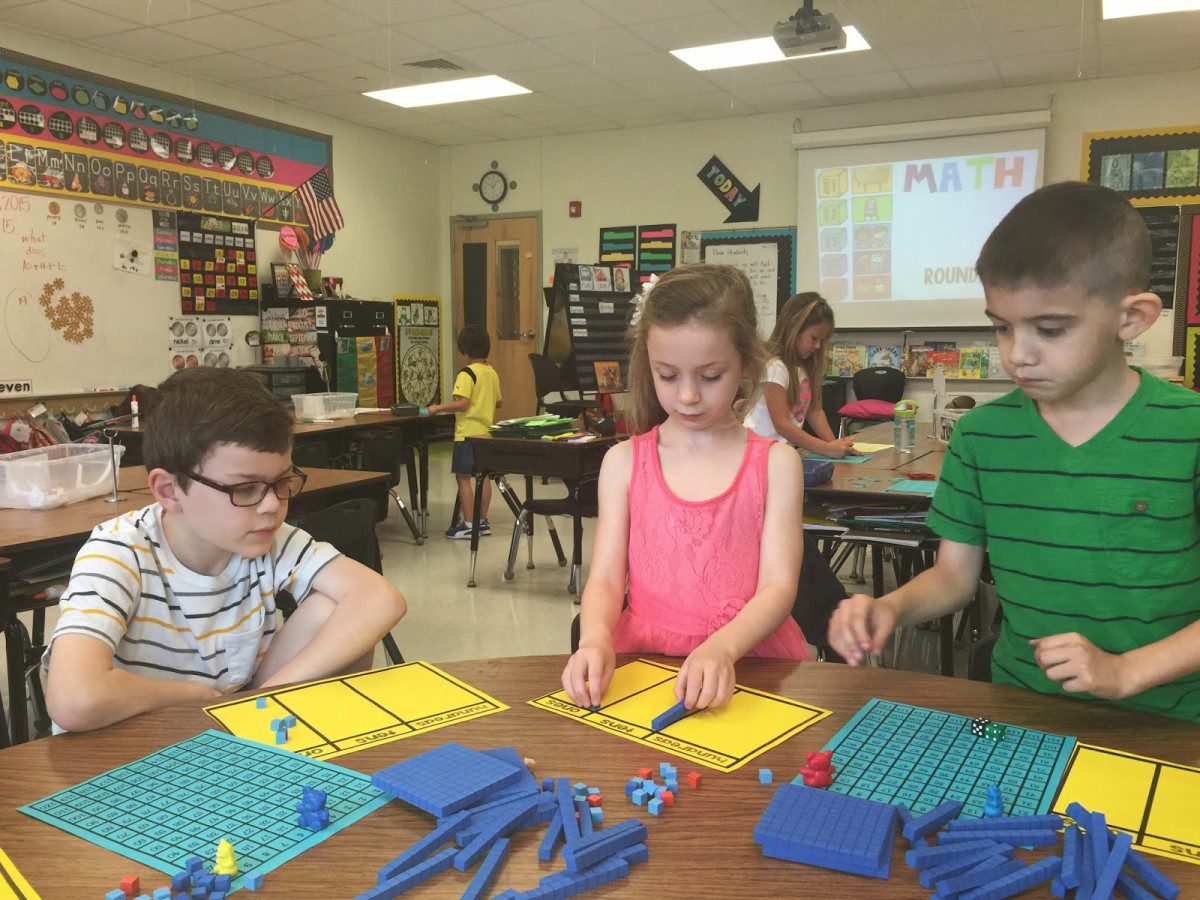
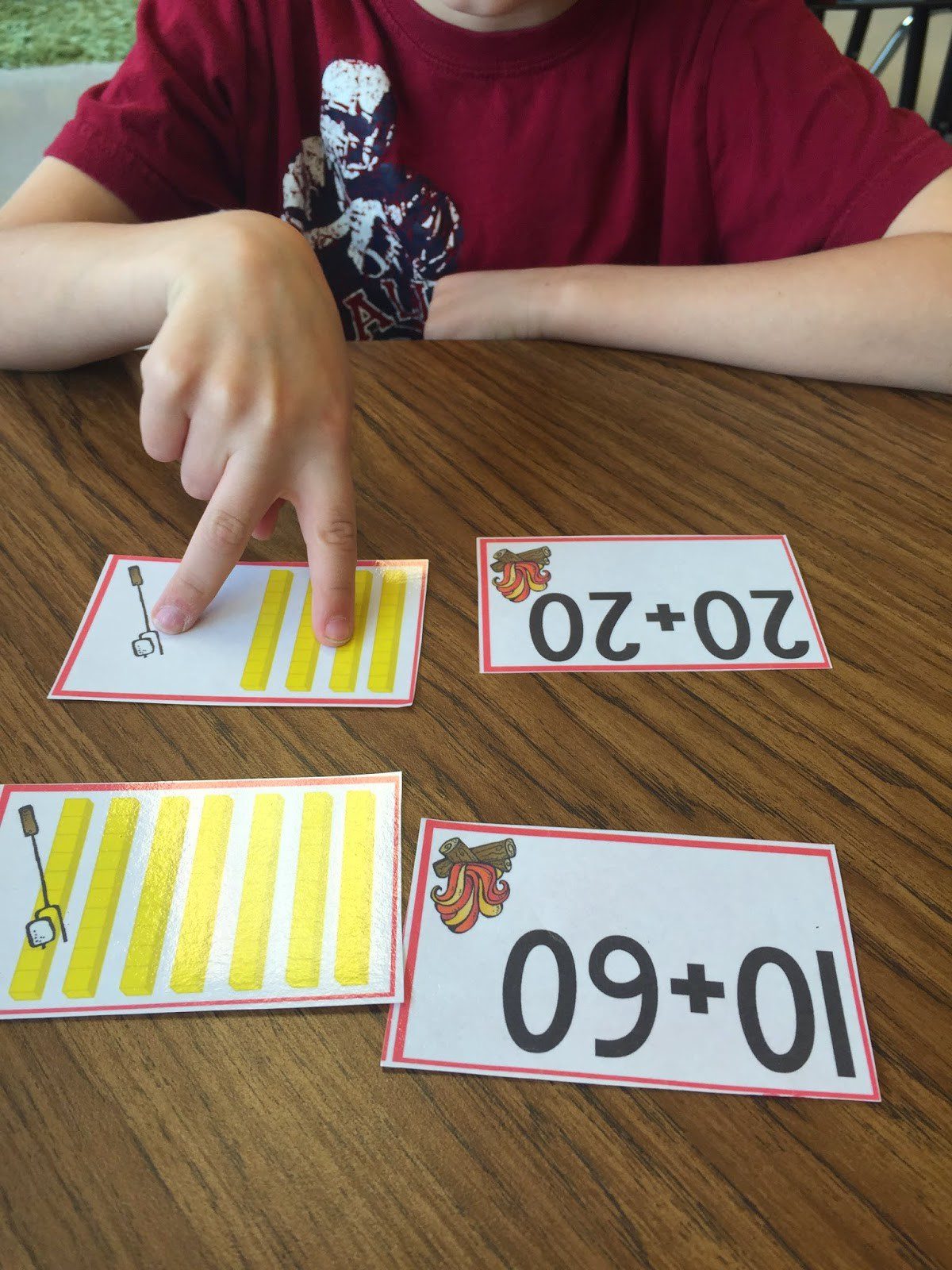
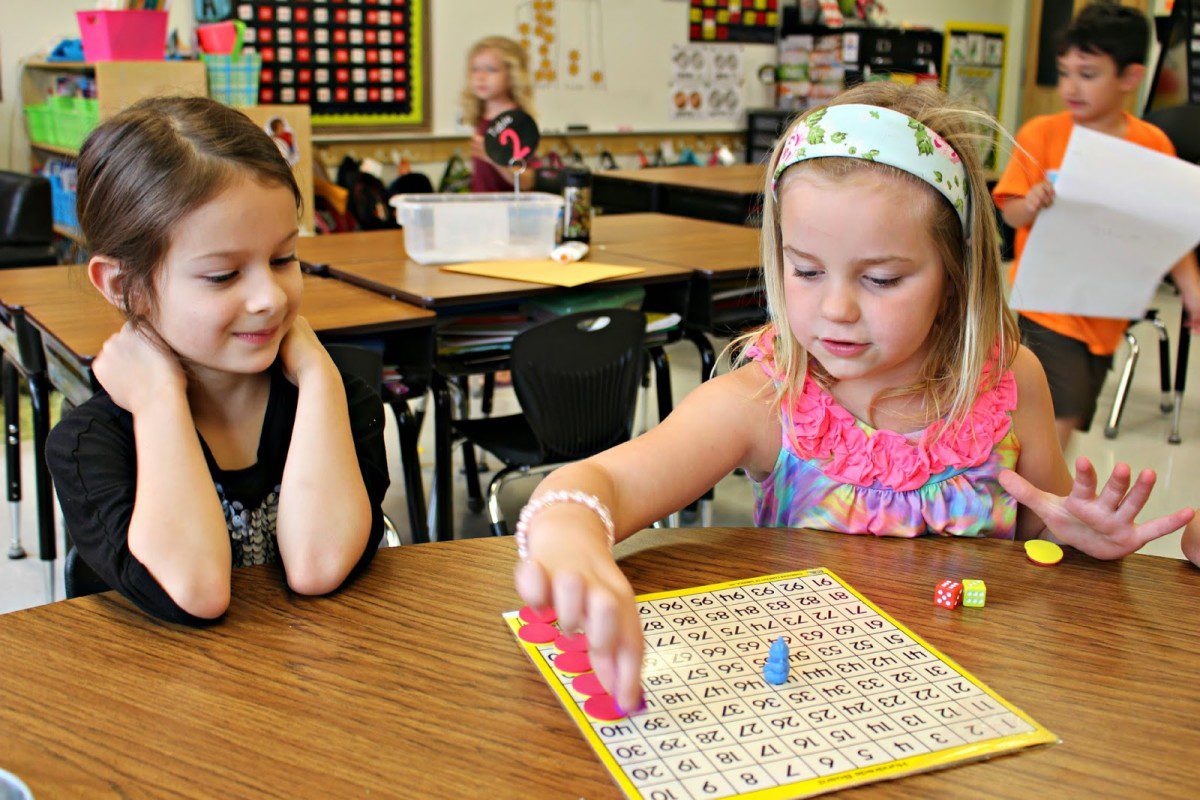
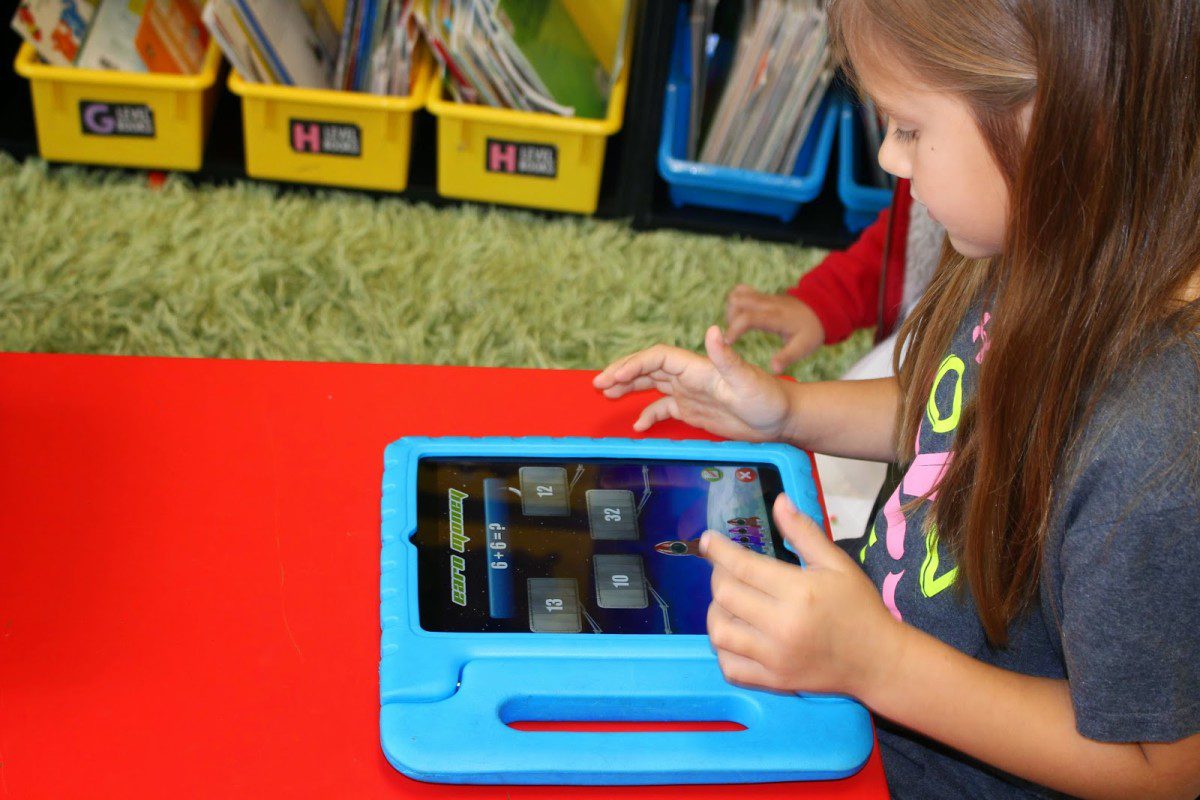
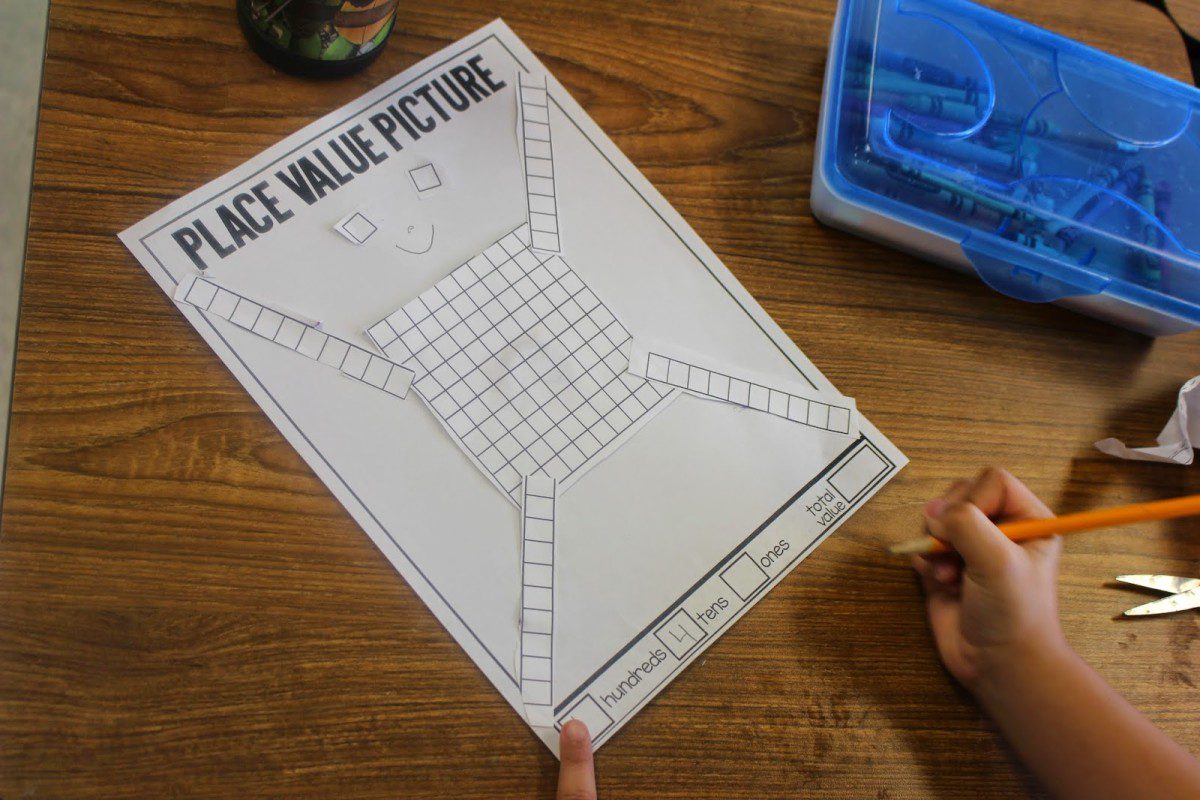
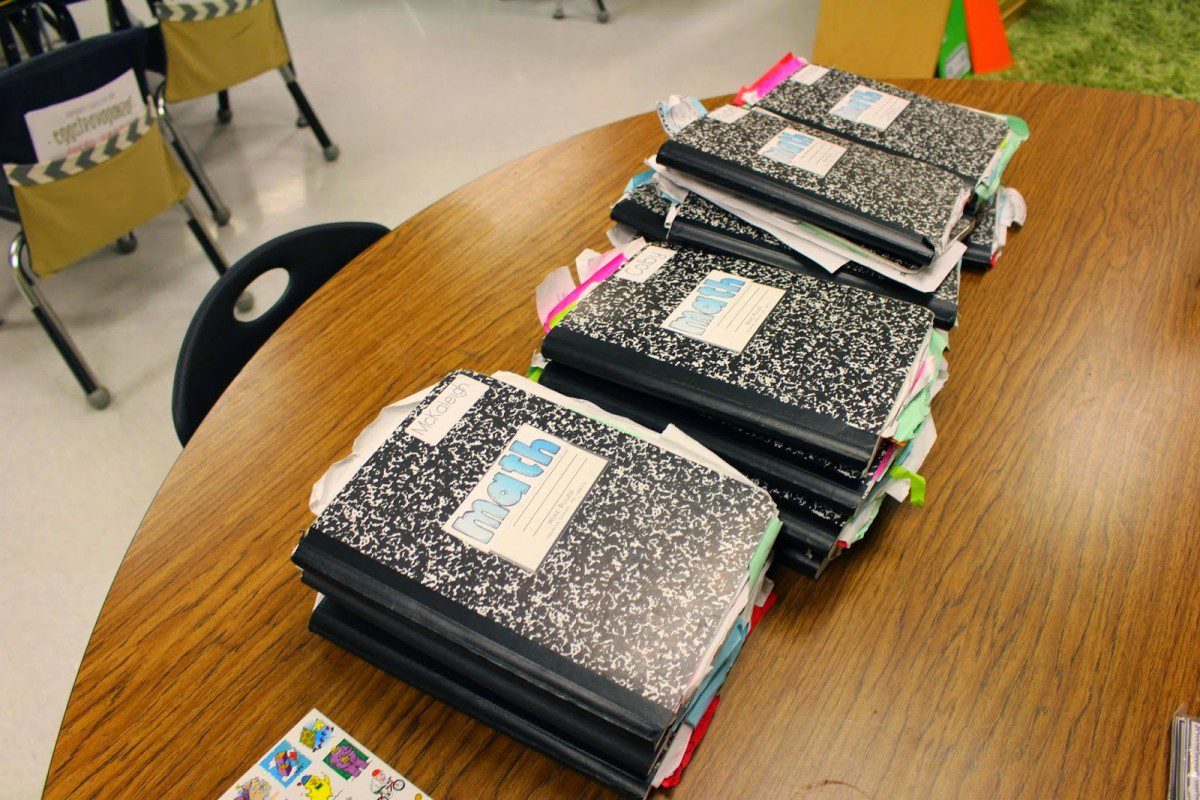
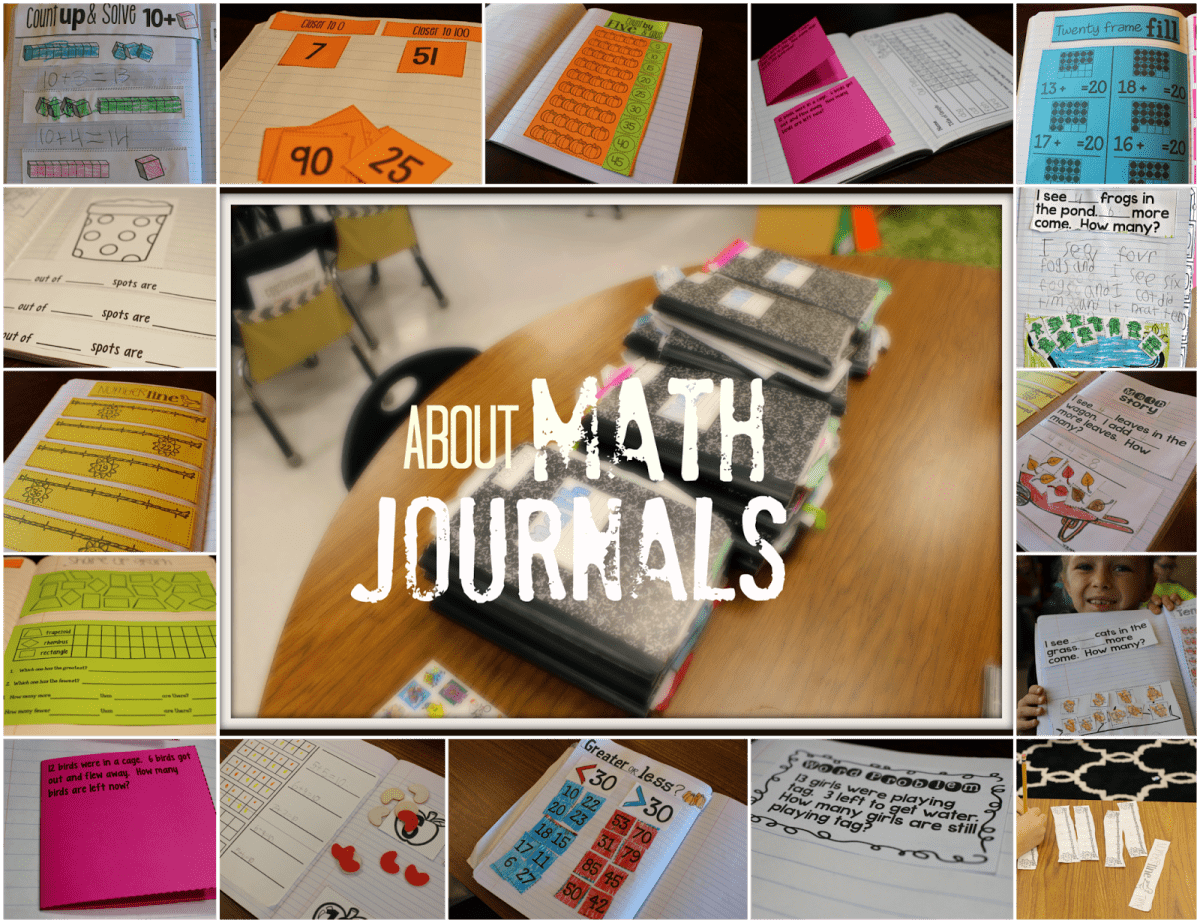
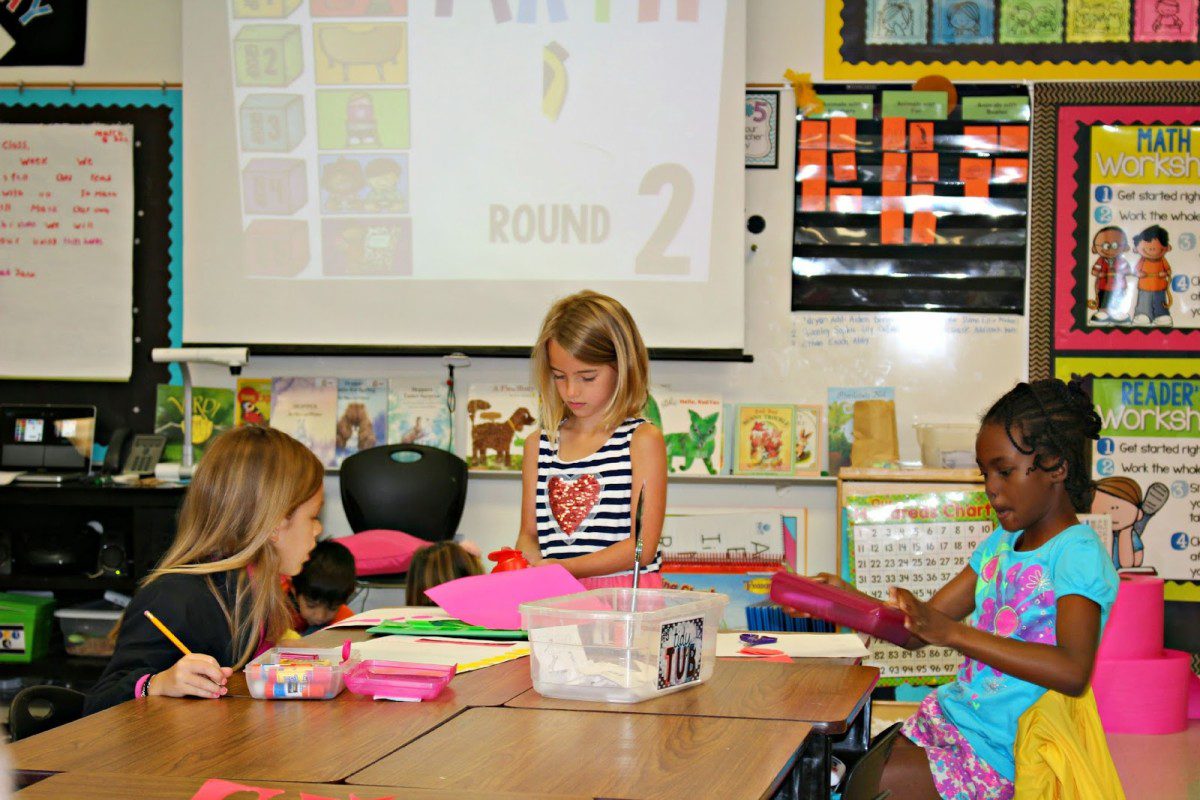
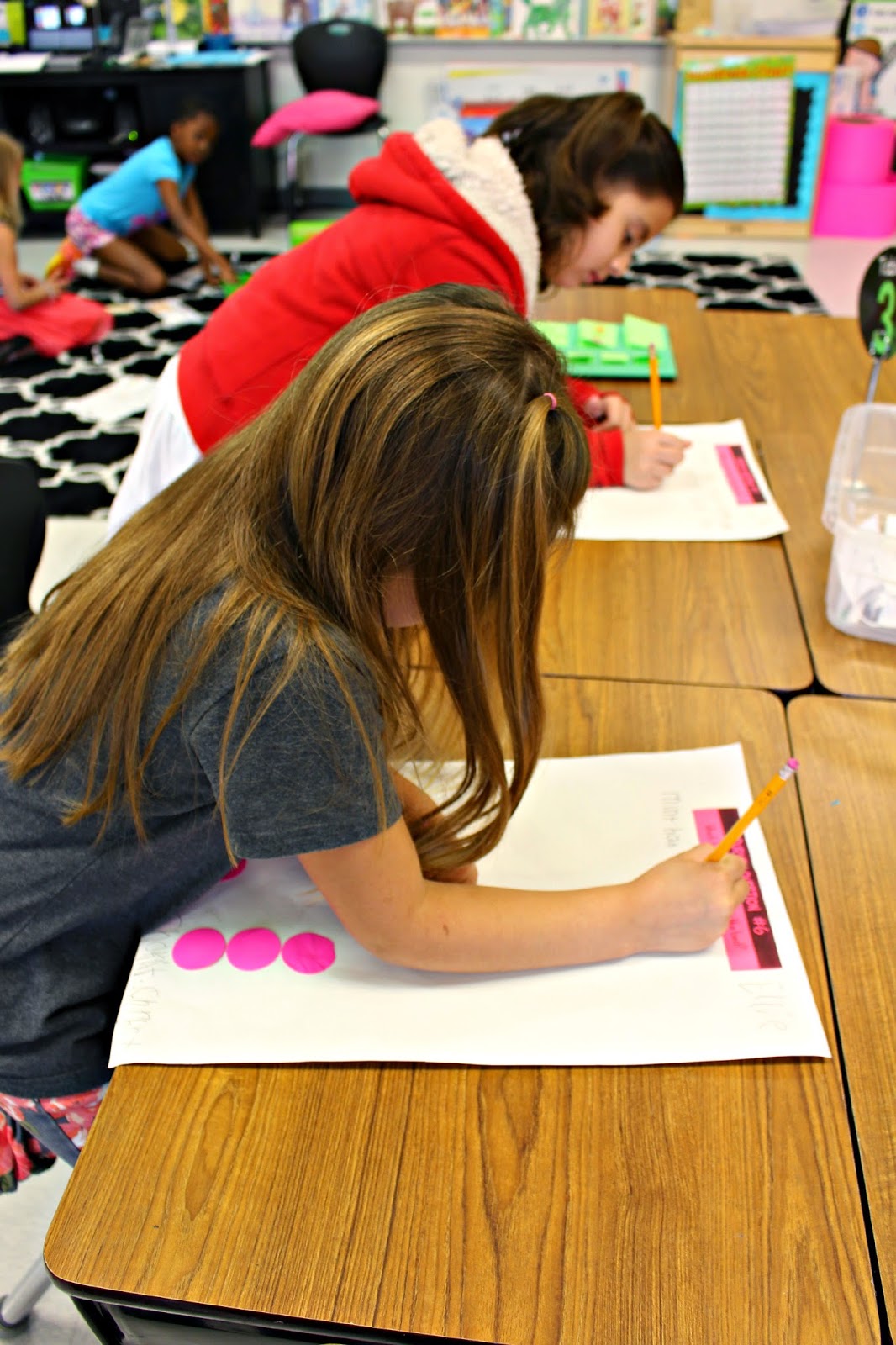
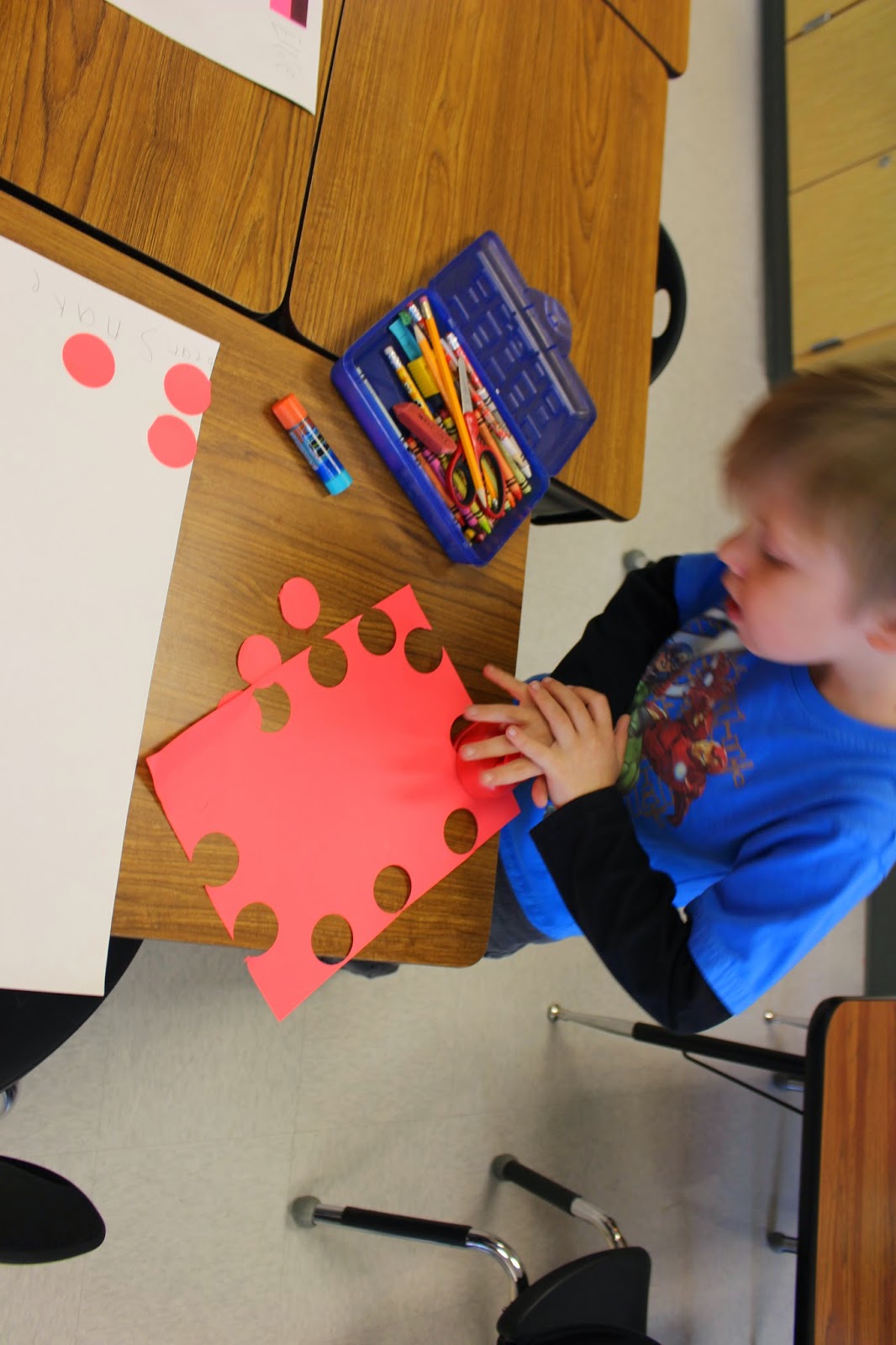
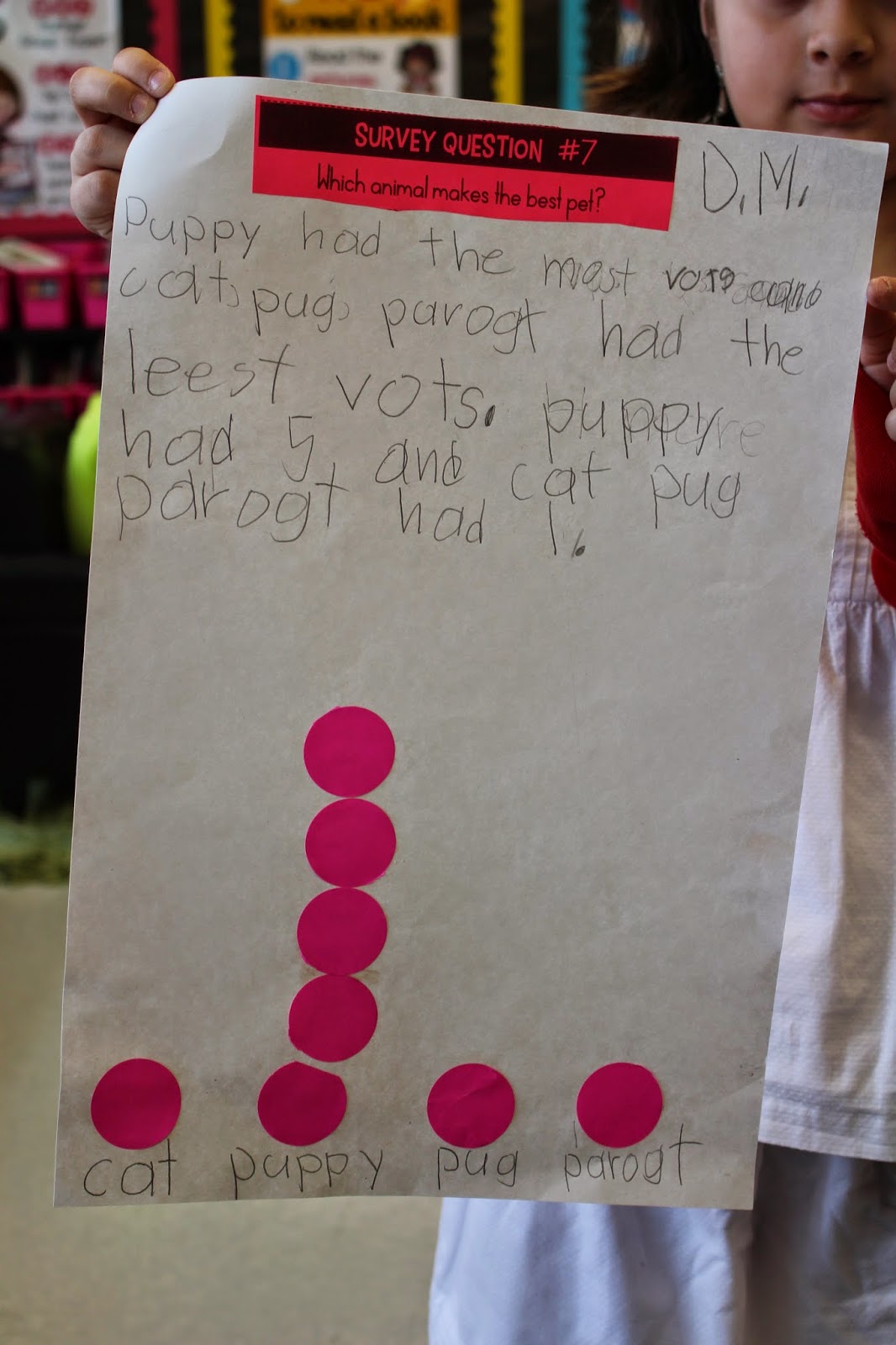
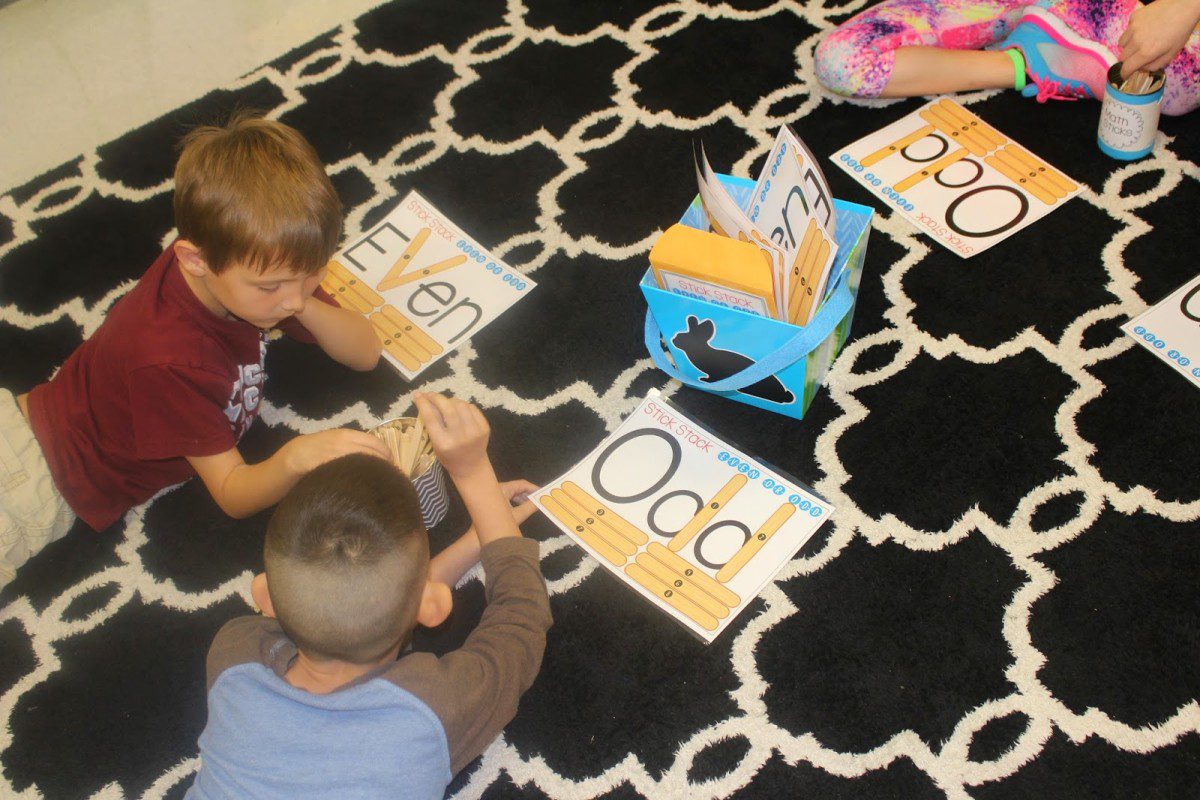
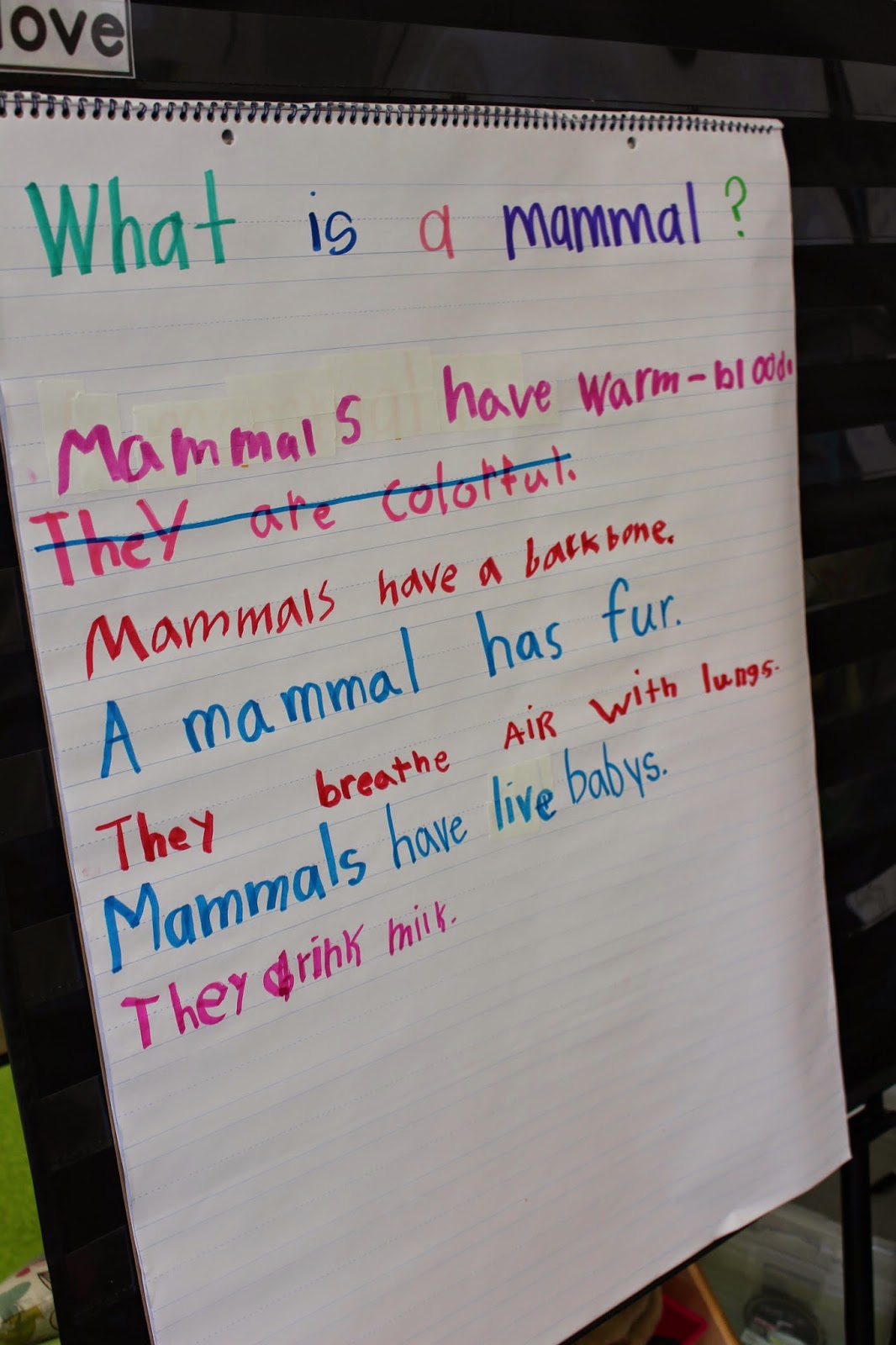
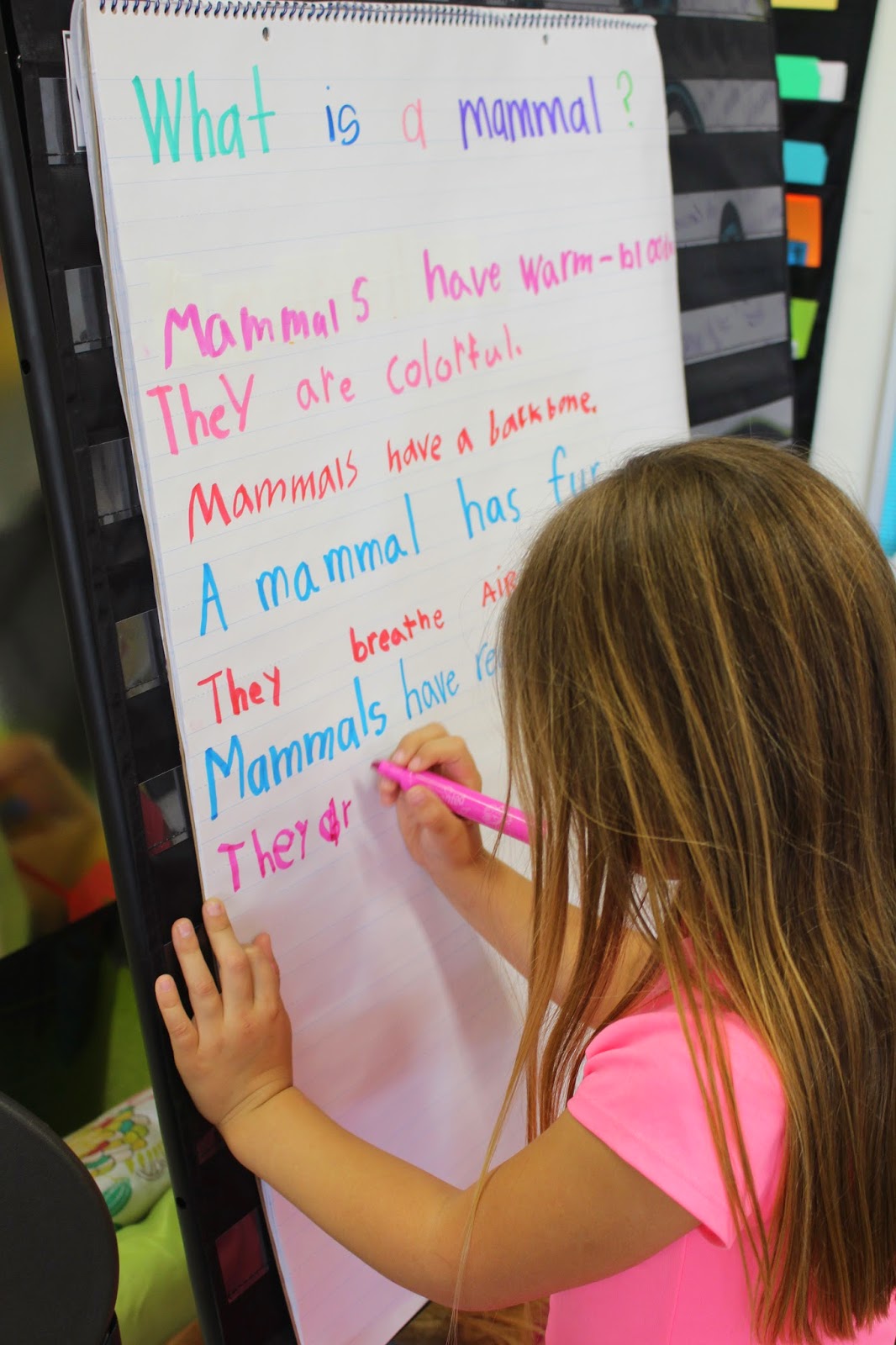
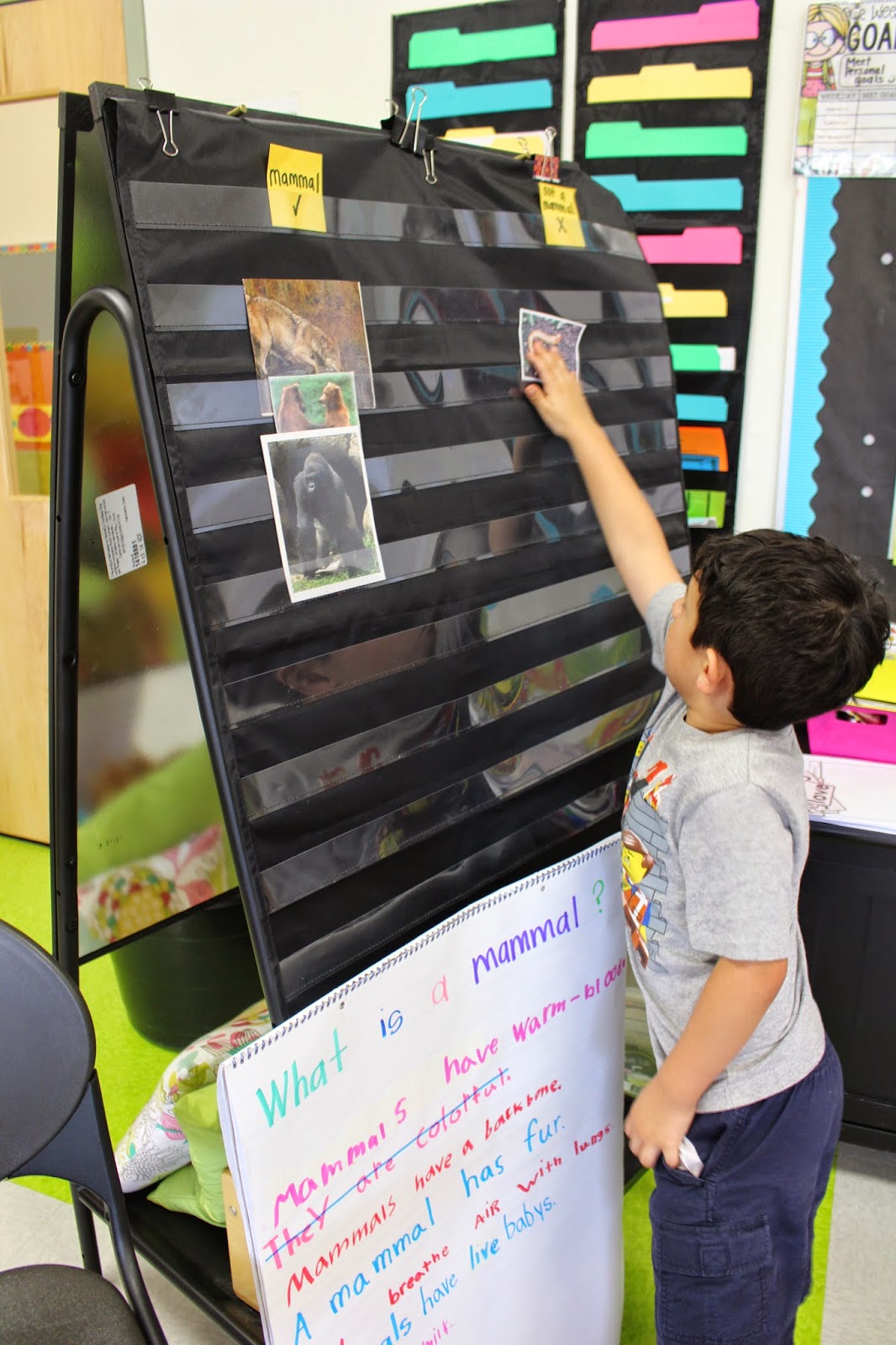
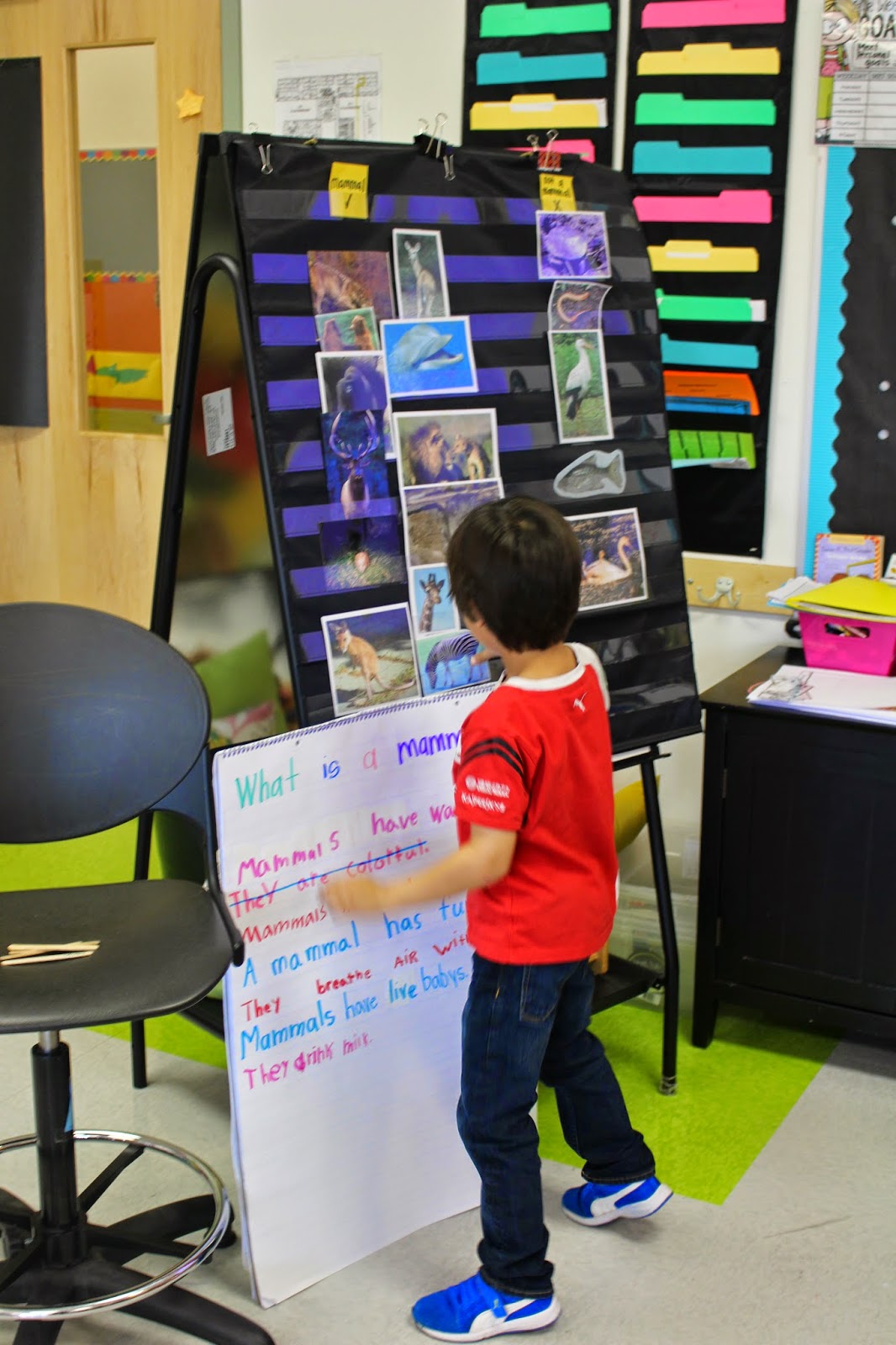
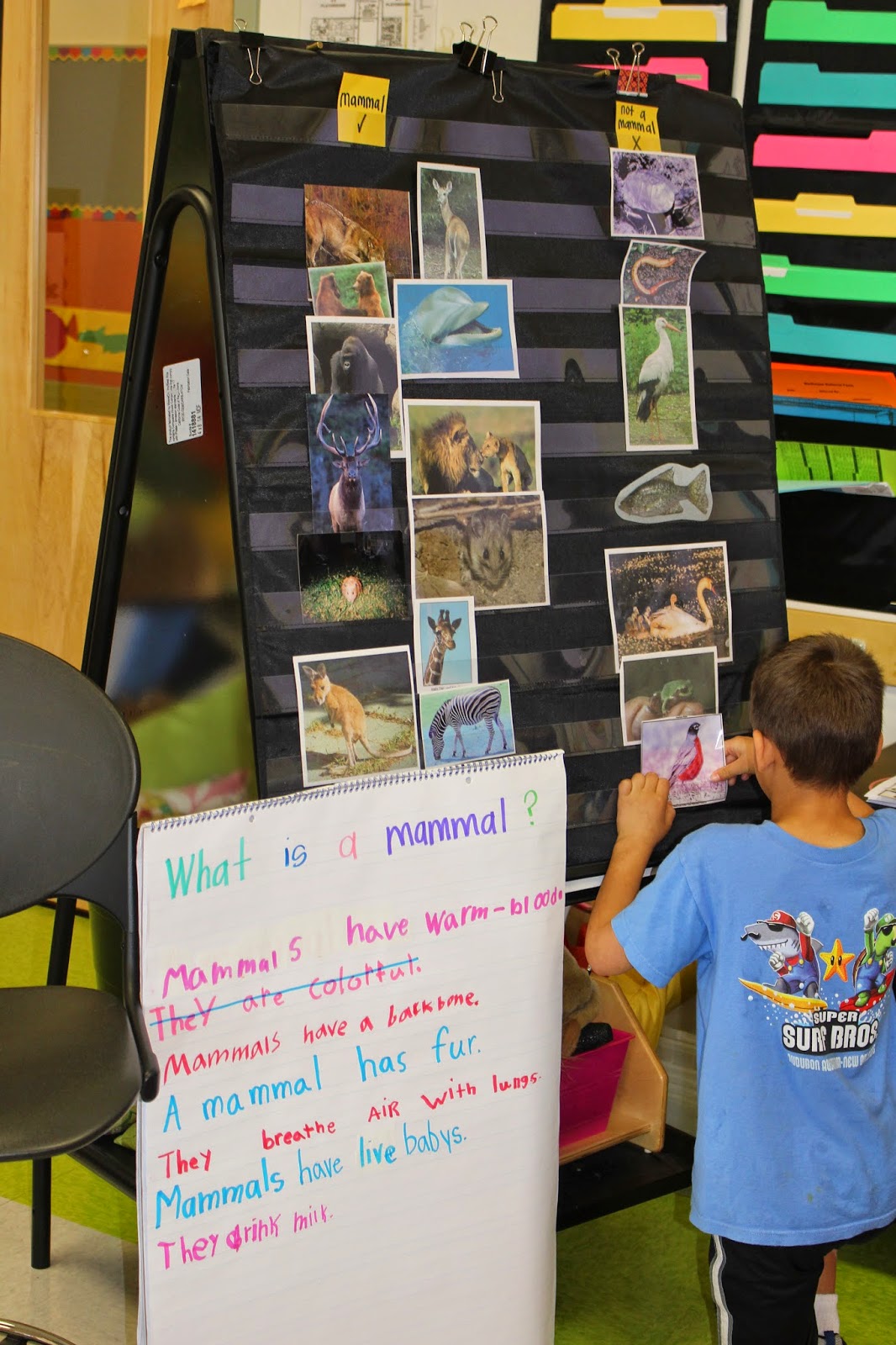

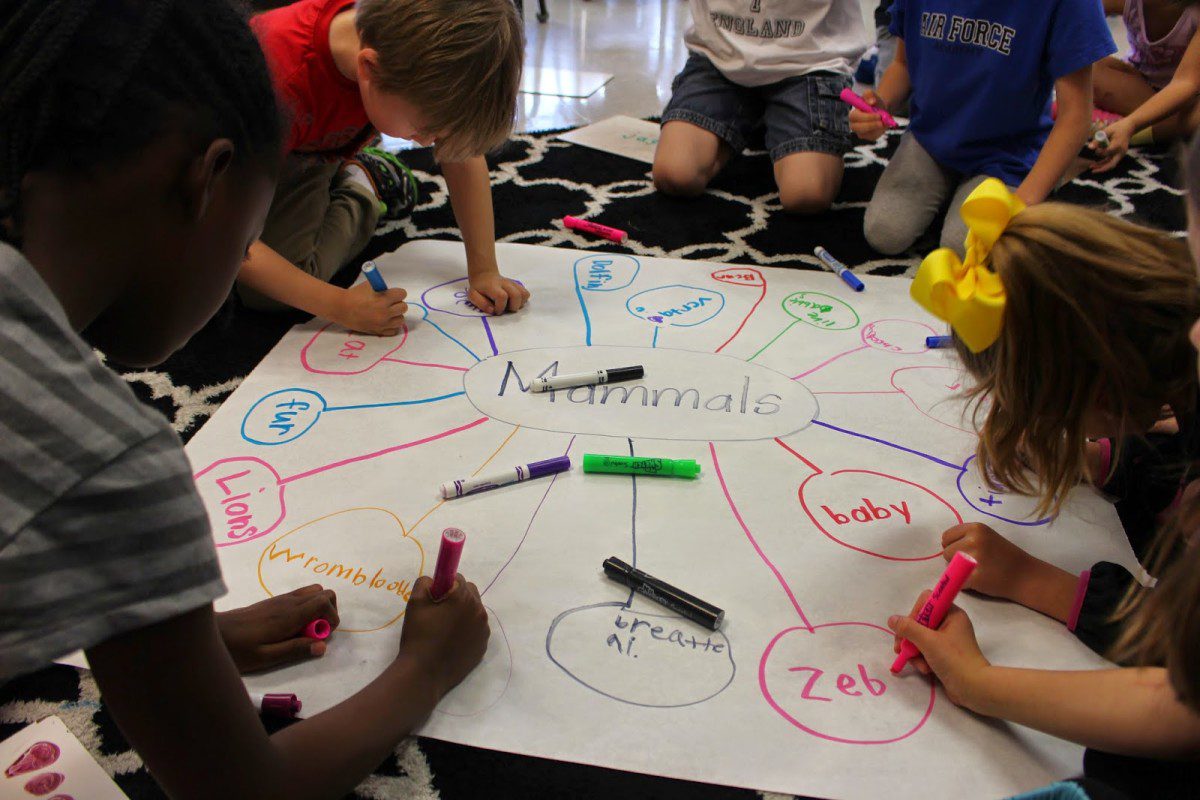
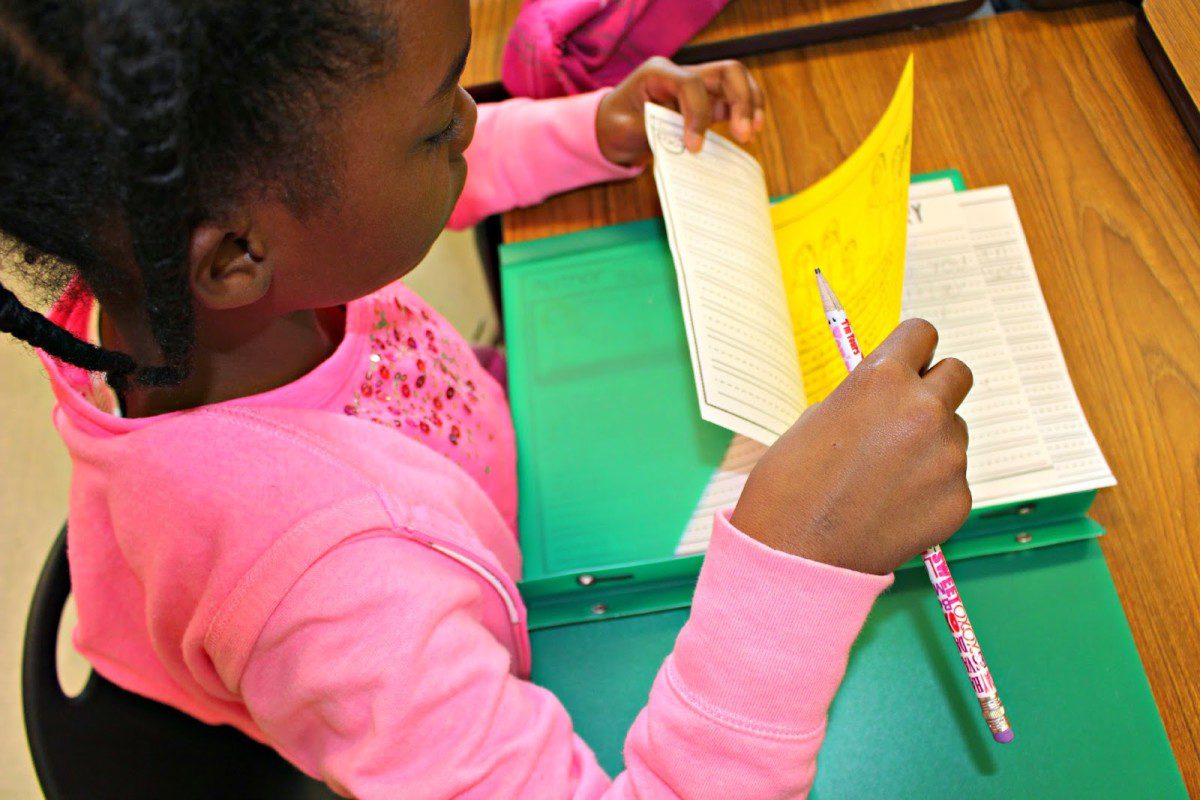
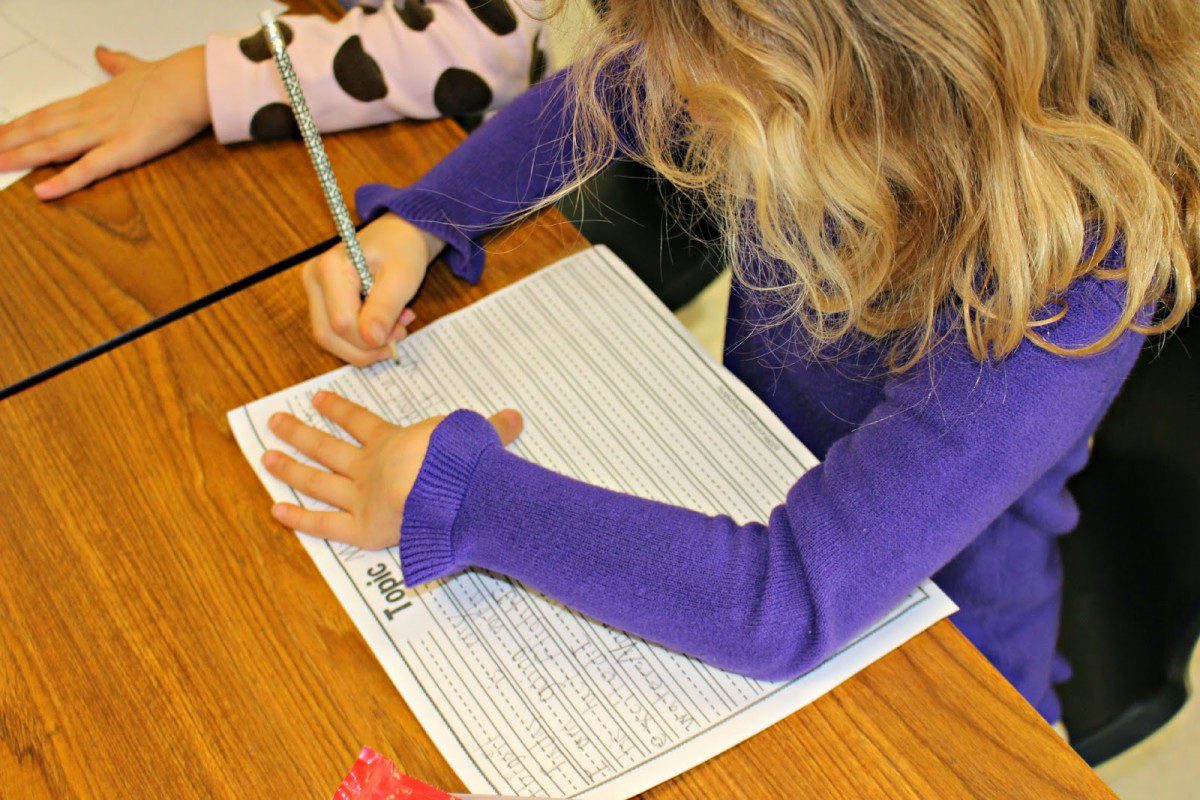
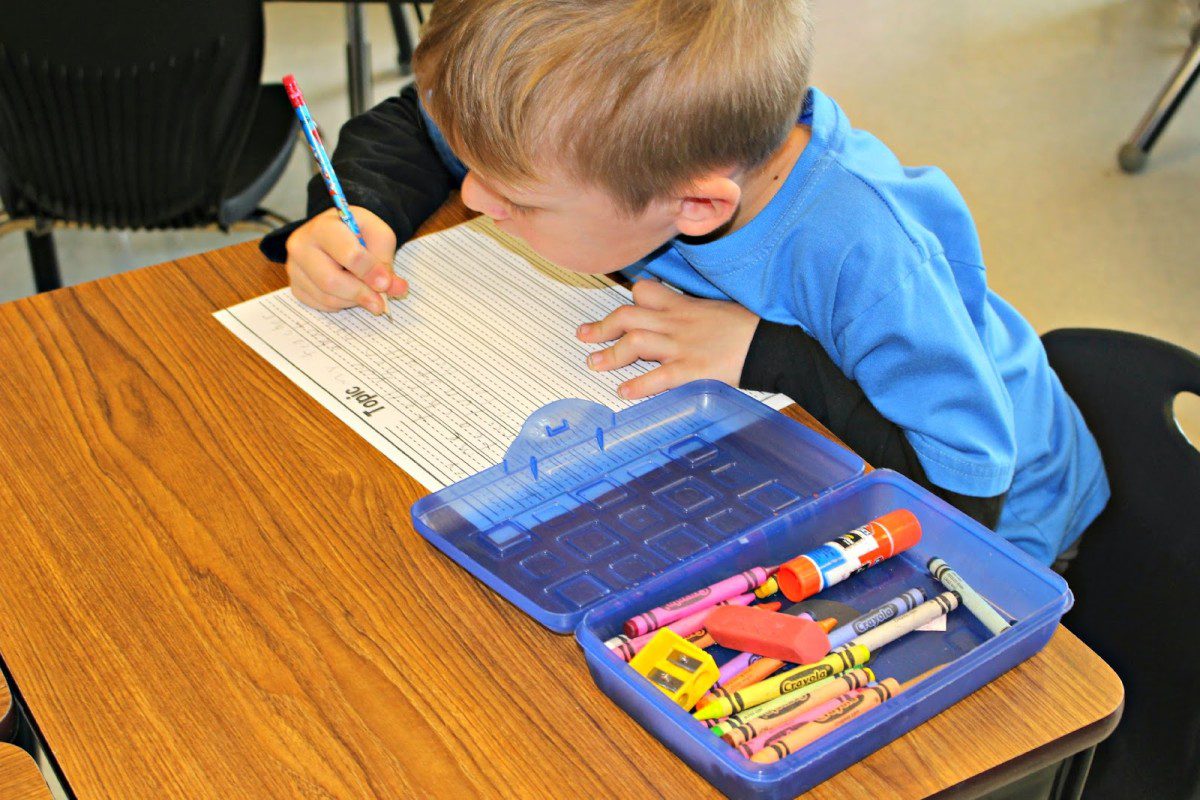
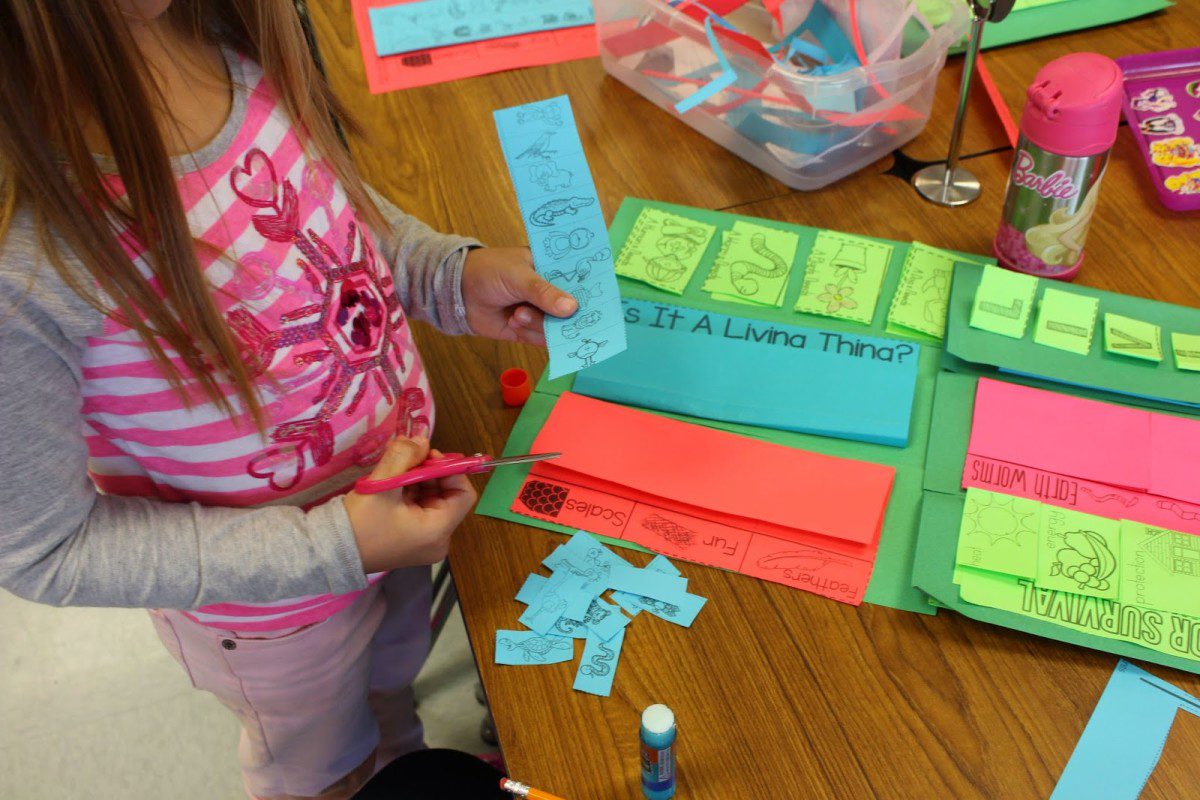
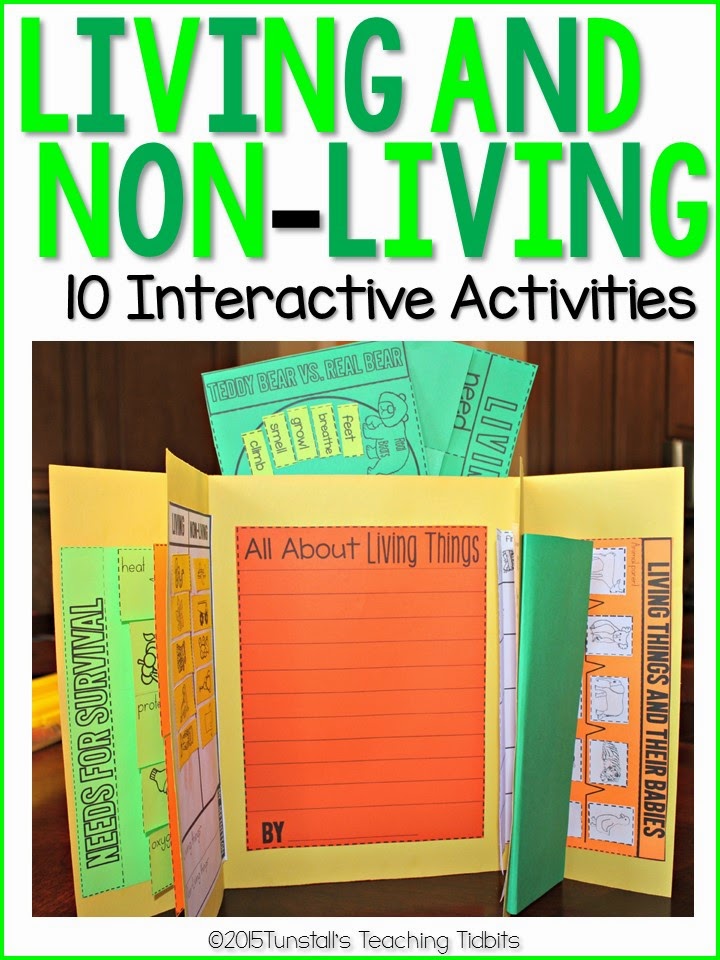

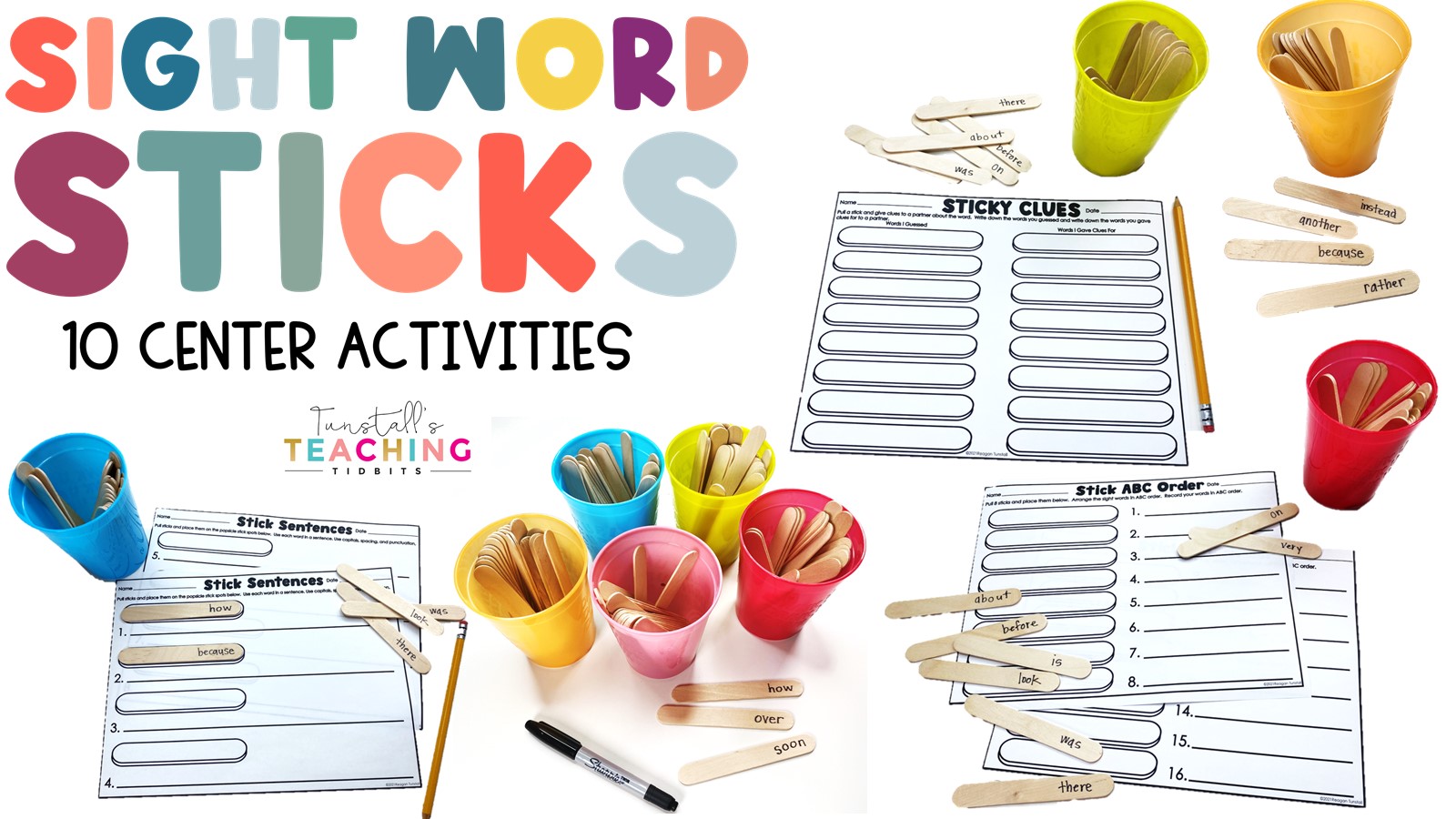
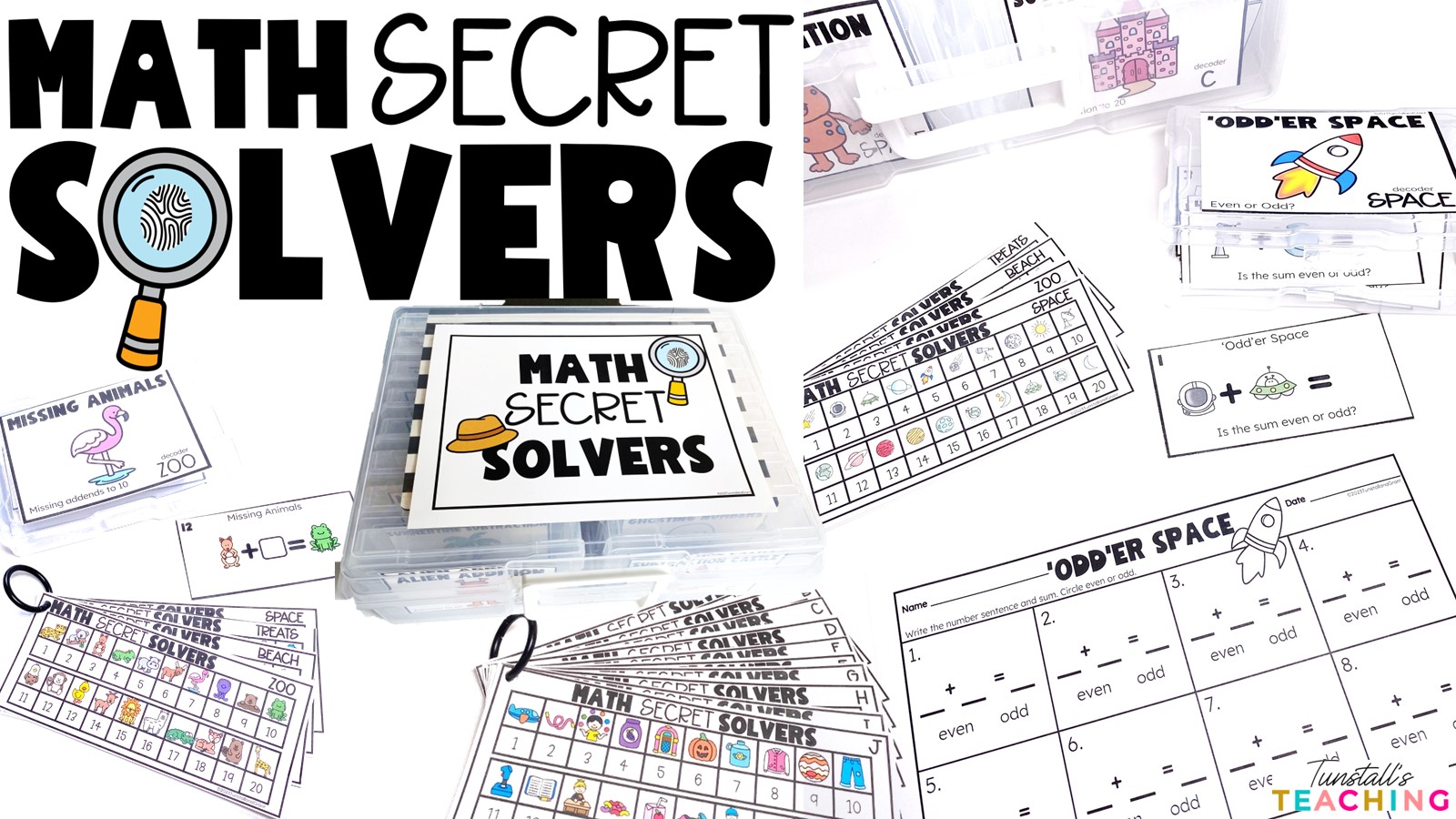

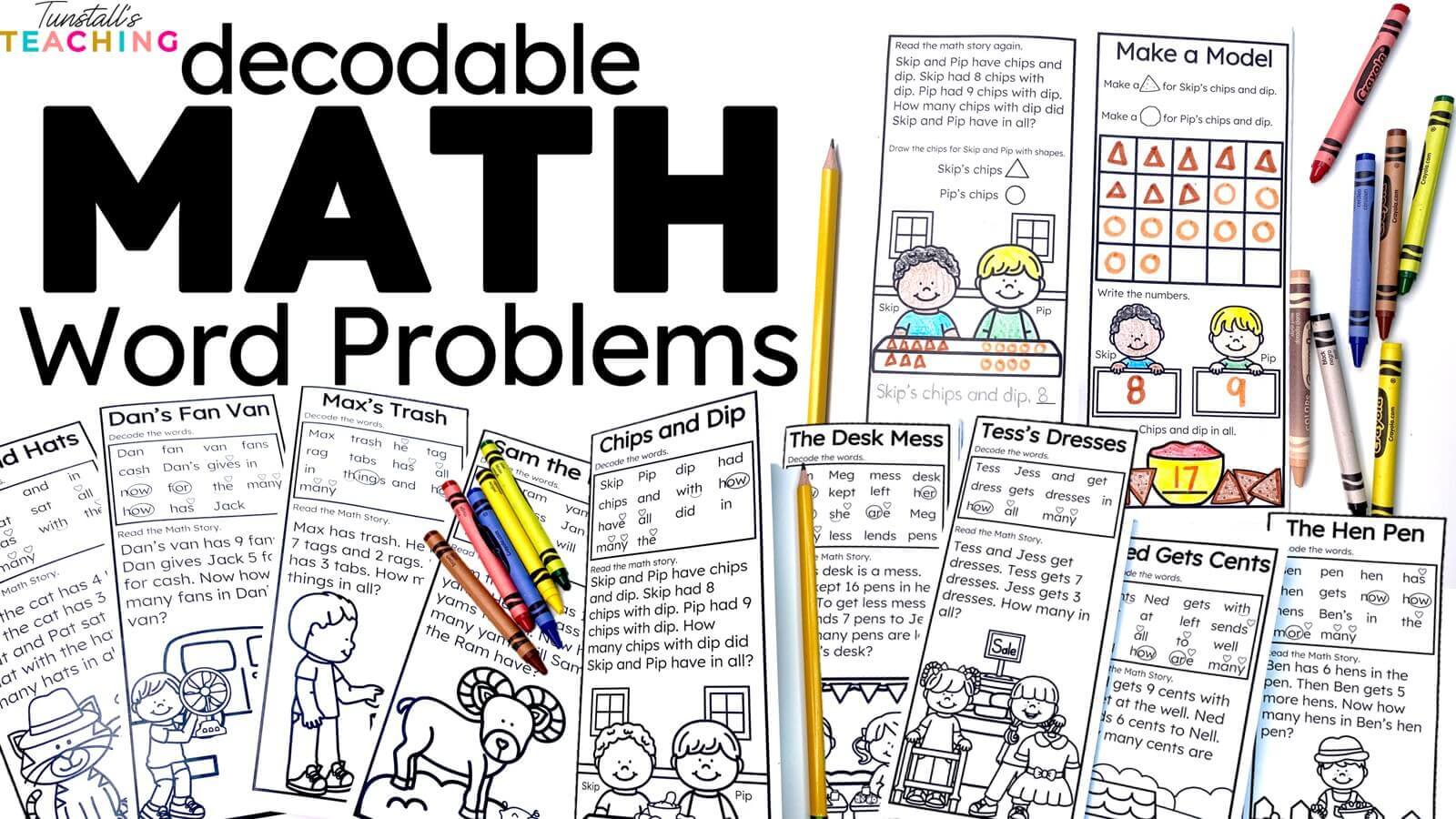
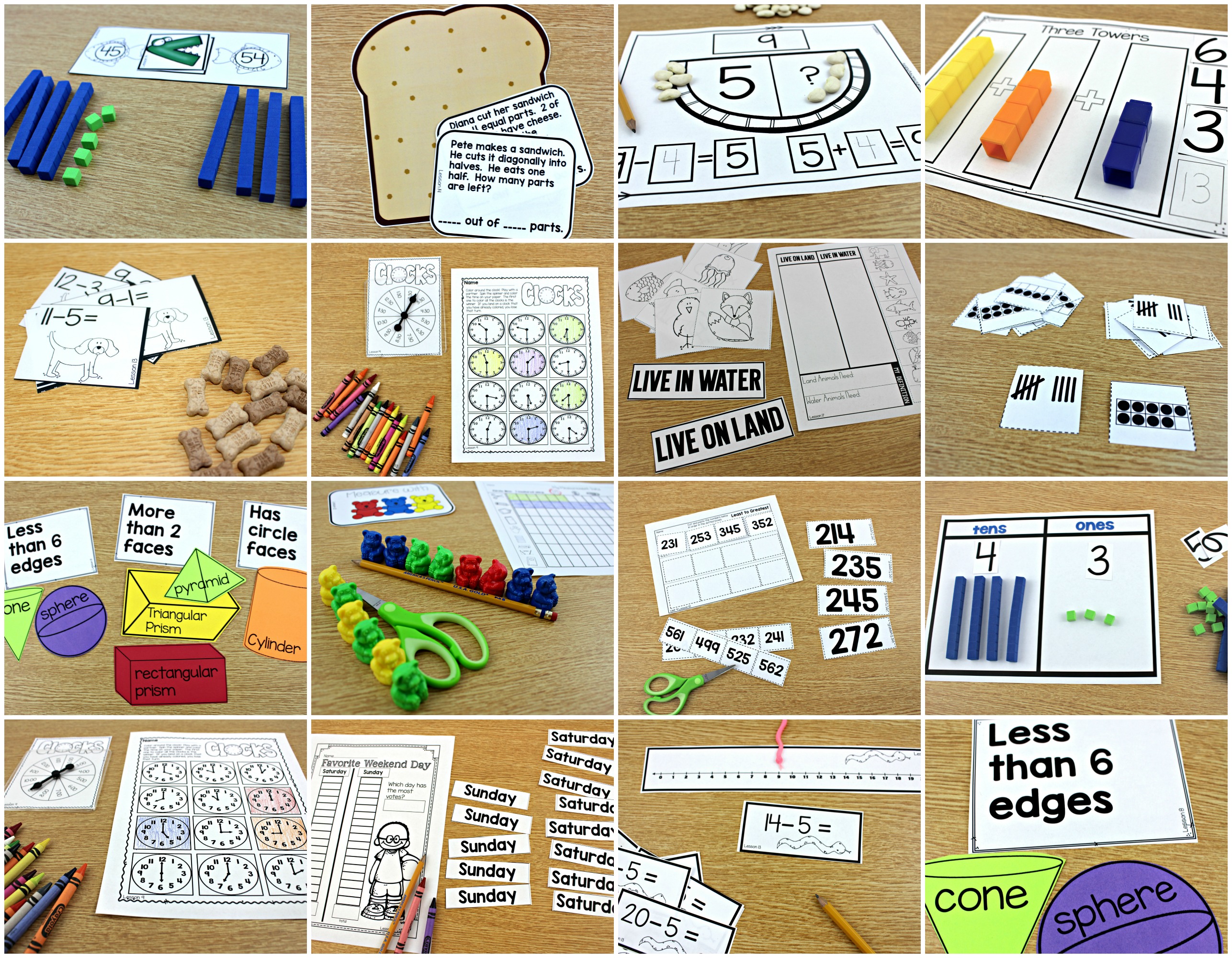
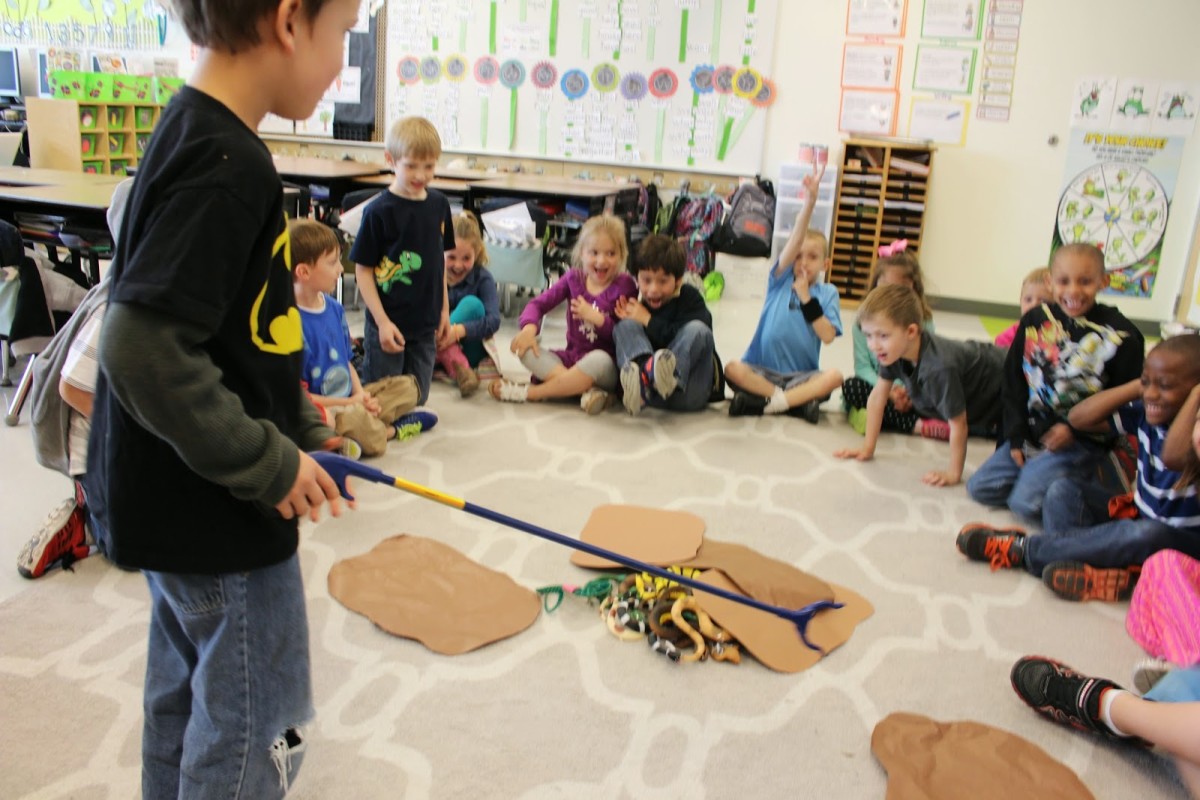
OK! ITS OFFICIAL! YOU ARE AWESOME! Love you ideas, you have inspired me this Sunday morning, I see why you get up so early, wow, I am dragging out of bed at 6:15 AM now a days, in September, it was 5:30, I don't even care about make up anymore! thank you!
🙂 Thank you Paula! We are in the homestretch now! Hang in there!!!
Whew! Amazing post!!! And I thought my post was long lol. Thanks for the linky!
Journey of a Substitute Teacher
Thanks for linking up Tanja! I am off to read it!
Thanks for sharing an in-depth look at your day! I will be graduating college soon and your posts always give me tons of ideas for my future classroom. Keep up the amazing work! 🙂
Congratulations Emily! Thank you so much!
Wow! You have amazing ideas that are organized, really make sense and are fun! I had a couple of questions about your post. How do you have your students "read with their whole body"? Where do you find so many Level A-D books for your library? My students are all ELL students, so I really need books at those levels, even at this point in the year. Did your school purchase them for you or did you find them somewhere?
It was tough to find those for sure! I went on amazon and got most of them that way.
Hi, I have a several questions, I hope you can answer them!
1. I see you have a time for phonemic awareness then go into your guided reading/centers. Do you have a weekly story, story skills to teach, required read-alouds, etc? We have to cover that as well during the reading block whole group.
2. Do you have calendar time?
3. I have been thinking about sorting my library by genre vs. level , how do you get students to put books back in the right bin? Do you have them marked?
4. Do you have an example of how you use your elkonin boxes? Do you have a template for everyone? Do they use counters? I'm still new to them.
5. How do students read with their whole body?
Thanks!
Hello,
I do have a weekly comprehension skill but we are aloud to use whatever resource we know is best. We have a curriculum, but we are not tied to it. I usually cover it through guided reading and sometimes as part of my afternoon time too!
We do not have an official calendar time anymore. We still cover calendar skills but do not have to devote a full 1-015 minutes on calendar every single day.
I will post more about elkonin boxes soon!
I will share whole body reading too! 🙂 I need to take some video.
Thanks for answering! So lucky! We are very much so tied to our curriculum to the minutes. If we're not doing so many minutes of such and such at such and such time when someone walks we can get in trouble.
I loved this and appreciate so much when another teacher breaks down their day. Even after a few years of teaching, it is inspiring to catch new ideas and run with them. I do have a question as my school only gives 90 minutes for reading (including small groups) and writing. We have a 30 minute RTI time that cut out a specified writing time. Makes it challenging to fit it all in. I was wondering if you do mini lessons or how you incorporate lessons on reading skills, grammar or other ELA elements that need to be taught. Keeping on track with time is a big issue with such a limited amount so I love to see how others do it. Thanks so much for the post and all your hard work.
Love, love, love this linky! Thank you! Every spring I start planning for the next year, and I love hearing how other teachers manage to get everything squeezed into their day! Your class looks like a blast, and I am sure your students LOVE it!
Thanks for sharing so much information! Can you describe more about having the students read the morning message with their whole bodies? Is that from Whole Brain Teaching?
It isn't whole brain, but I am sure you could find some great videos that would be whole body reading too! I am not sure where I picked it up along the way, but have been doing it forever. I'll take some video and share it.
So how many kids do you have in your class at a time? You said you pick up 5-8 in the morning, but it looks like you have more in your class.
I have 19 this year. It's so wonderful. We can have up to 25. Last year I had 24 all year.
I love your leveled library! I teach second grade and have students whose reading levels range from C to P. My classroom library is set up thematically for the most part and grouped by authors. I have a small section that is a leveled library. My kids are allowed to have 5 books at a time and 2 have to be from the leveled library.
I too have noticed 'fake' reading and want my students to really get valuable reading time in, however I also have kiddos who really want to read books of interest that may be a higher/lower level.
Should I have my kiddos read at their current level only? Has it worked really well for you this year? I fear it may turn some of my reluctant readers off from reading? Do you have a balanced suggestion? 🙂
Sorry for all the questions. When students come to read at the table, what do they bring in their book box? Books they've shopped for or do you let them hold on to the guided reading books? Students at my school aren't allowed to take home the guided reading books.
Hello, I'm a Belgian teacher and while I enjoyed reading this I also noticed some differences. We have to teach religion and a lot more 'science/social studies'. Because of this we can't spent as much time on language and math as I would like. Do you need to teach the special classes? We do, except for gym.
I think the biggest difference is the begin- and end time of the day. We start an hour later but also stop an hour later.
Thank you for sharing your day!
Thank you for sharing! What curriculums do you use?
Thanks for letting me a fly on the wall in your classroom. 🙂
I actually updated our daily schedule using this post as my guide.
I did want to ask if you would be willing to share your timed PowerPoint for reading rotations (or already have it on TPT)?
Thank you for your time.
Oh I loooove Everything in this Post!!!!! Thank you for every detail and the pictures! I'll be checking this post EVERY.DAY!
🙂
Magically in First
Can I just say your classroom setup and resources are amazing. But I honestly don't know you all start school so early, I live in Australia and school doesn't start till 9am here. Your wee kids must be so tired after learning all day, but it does look like a lot of fun and a great class space.